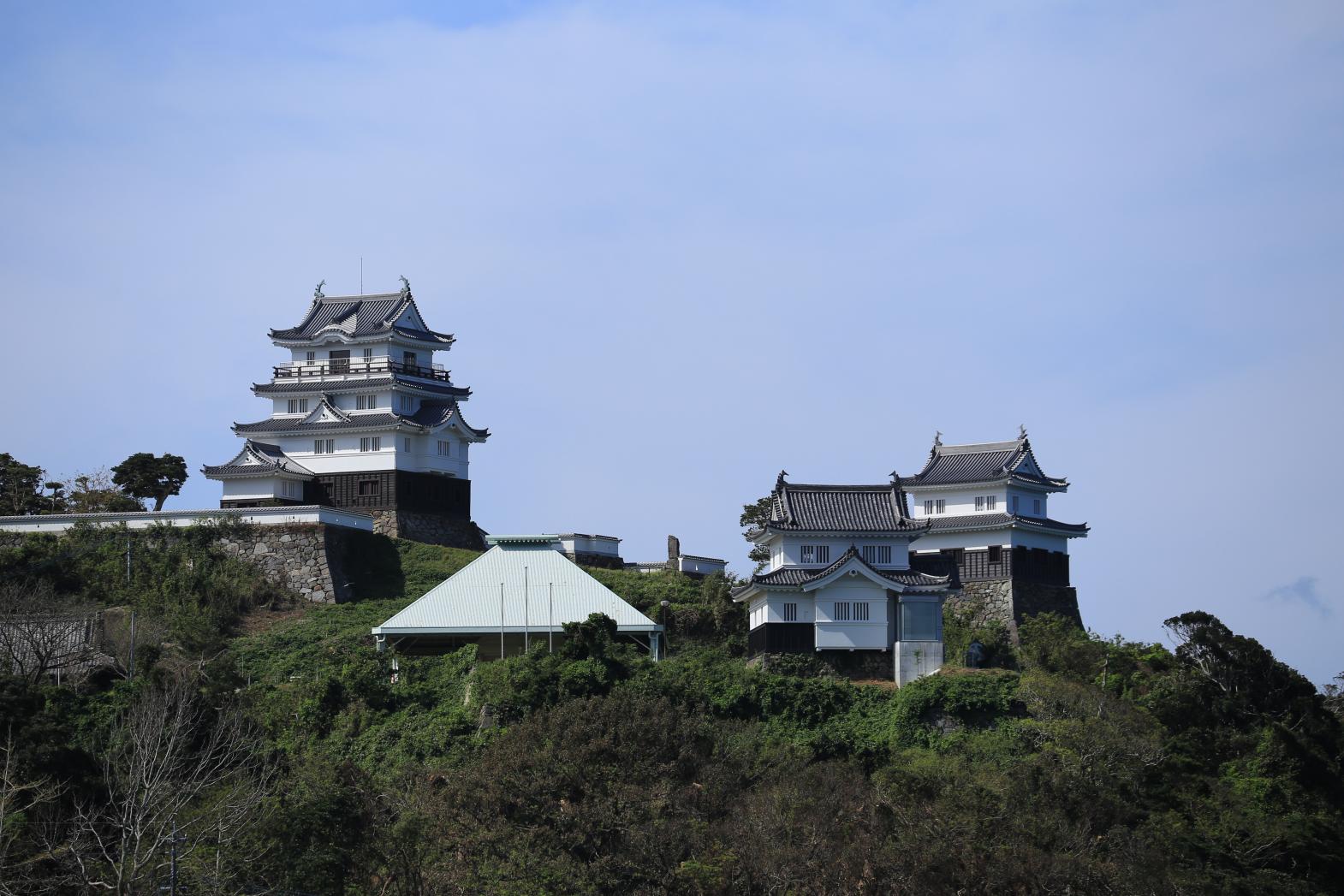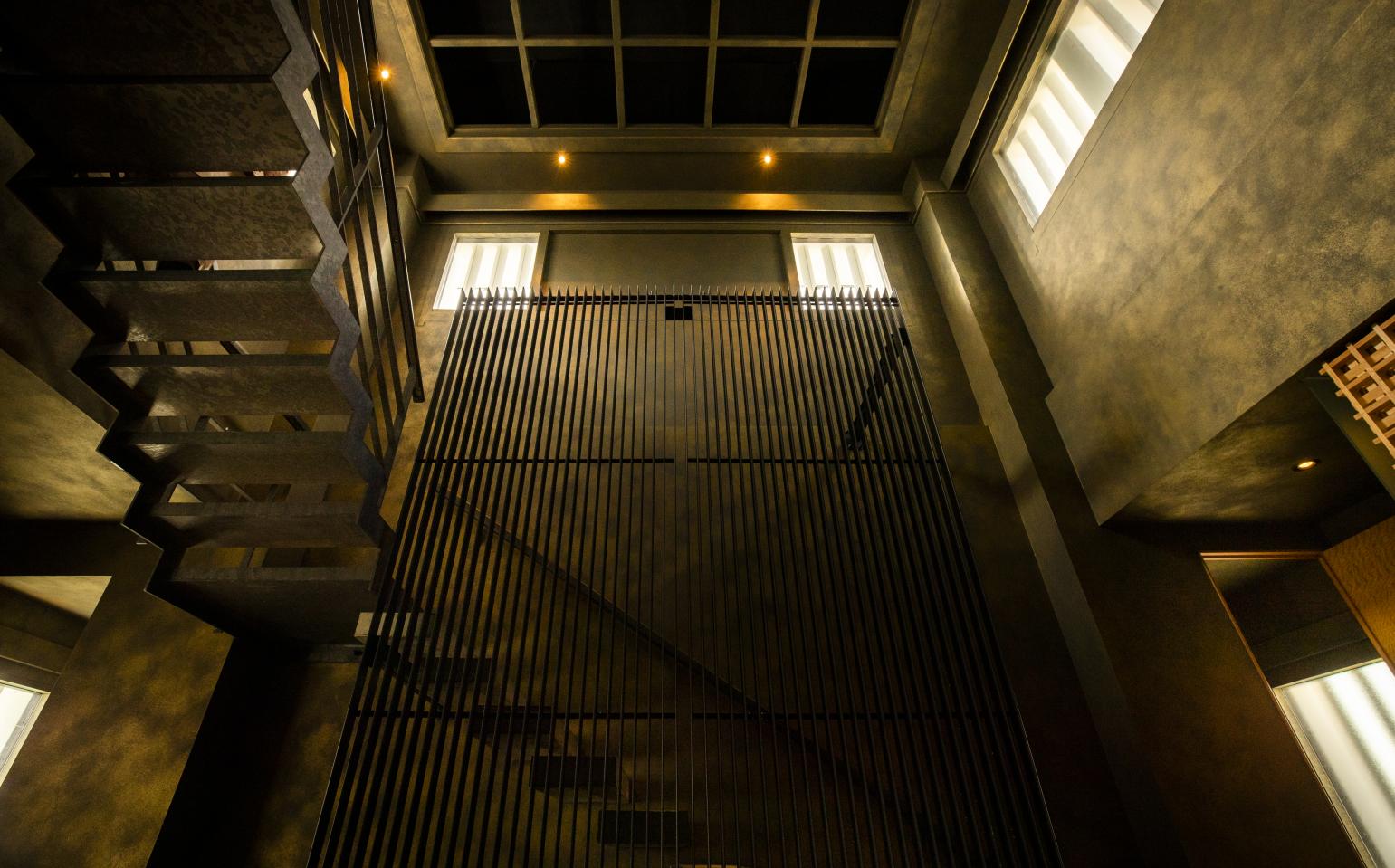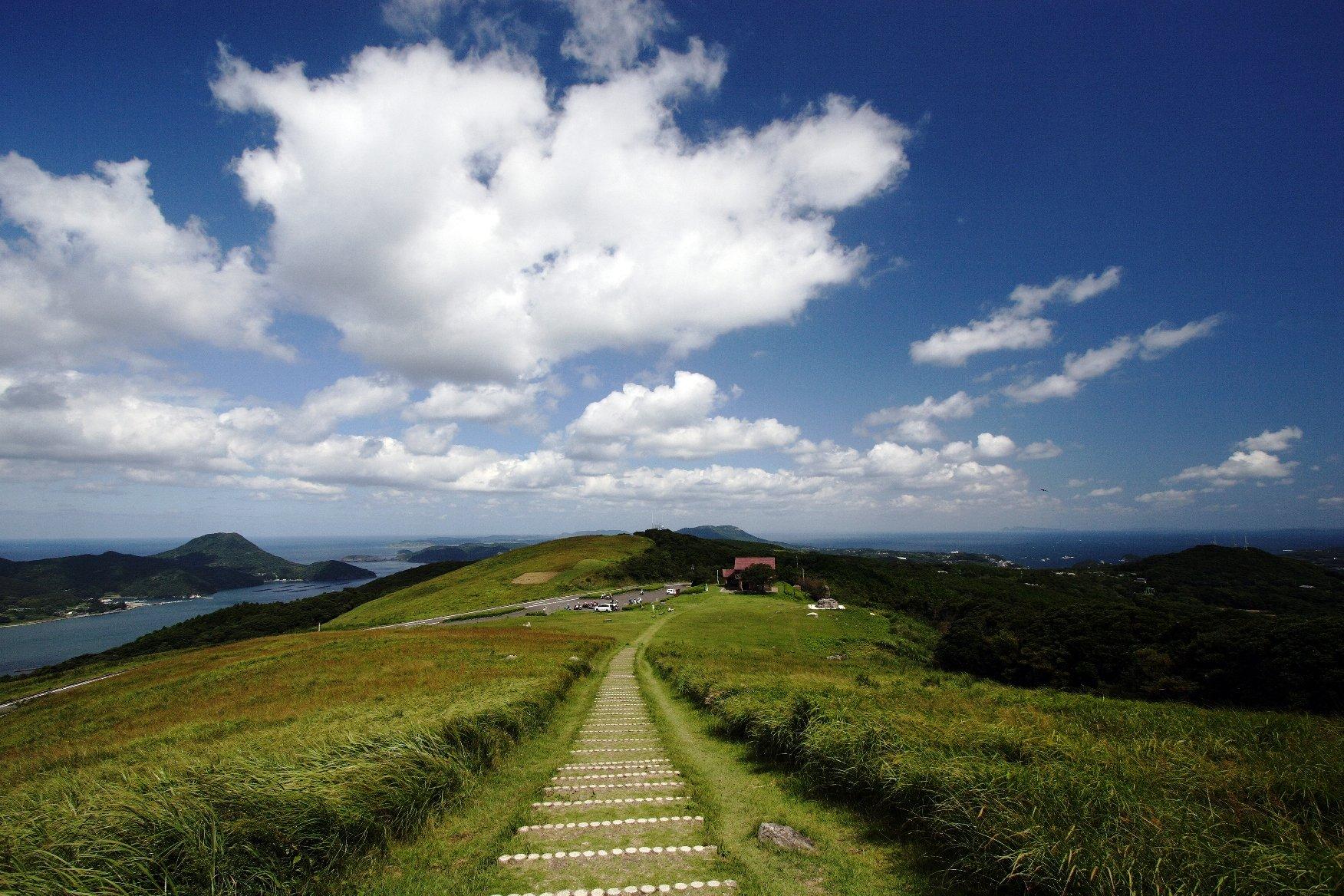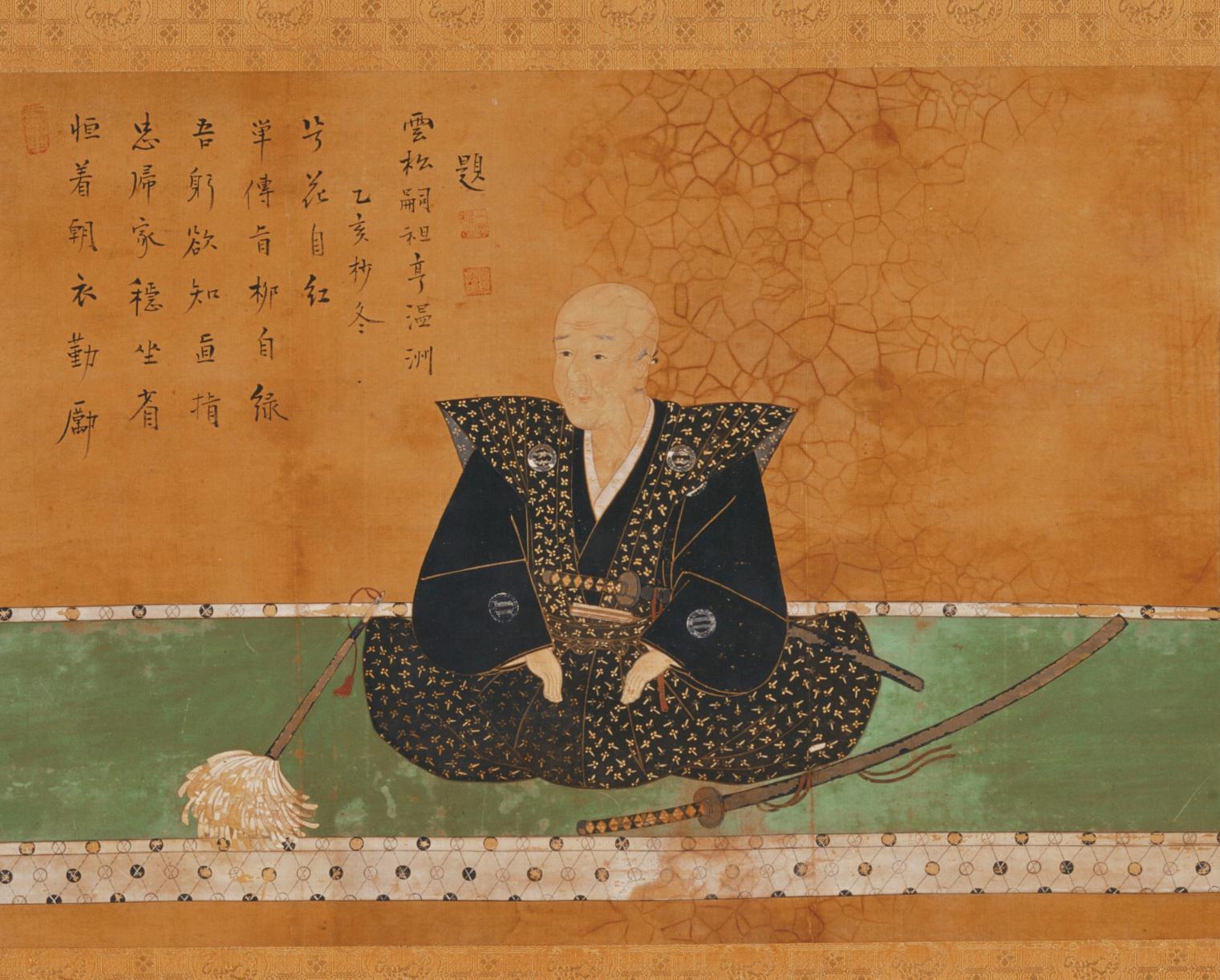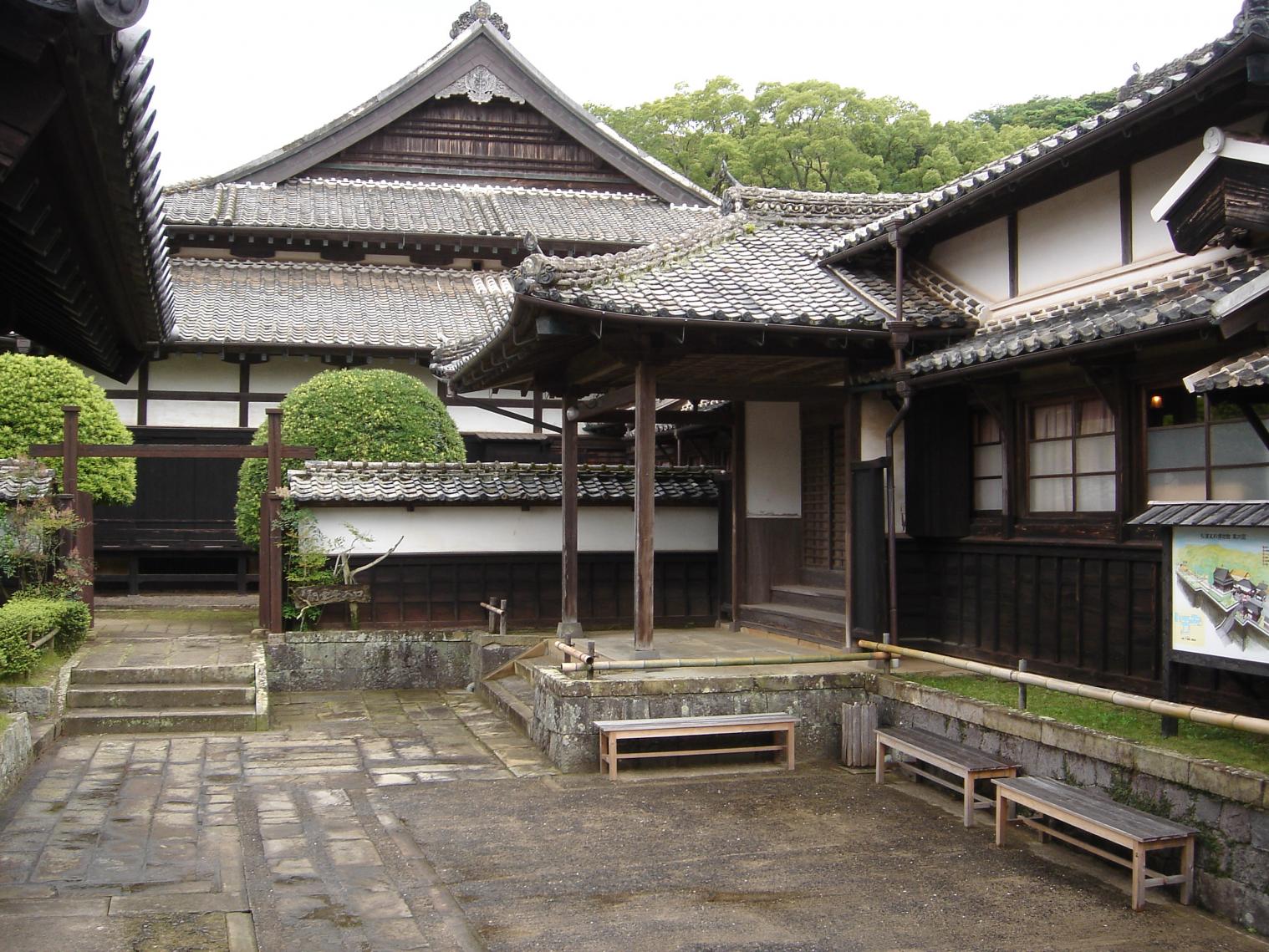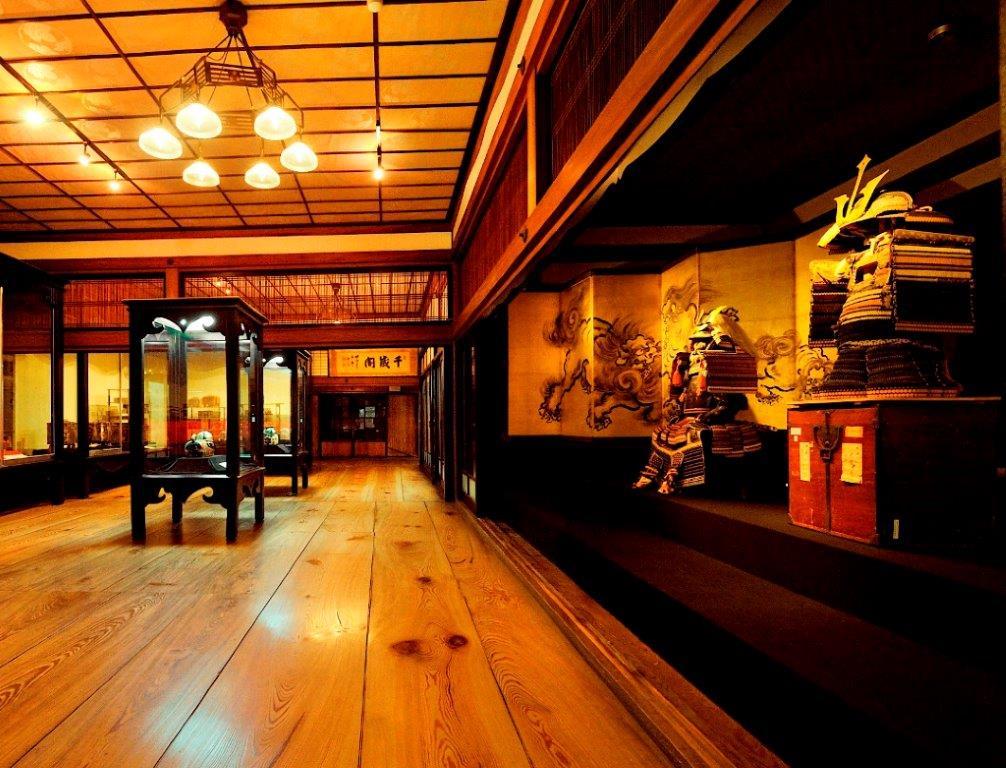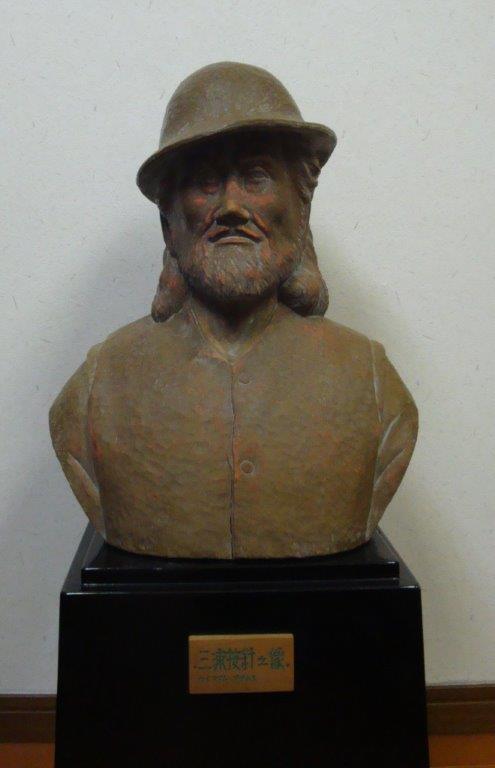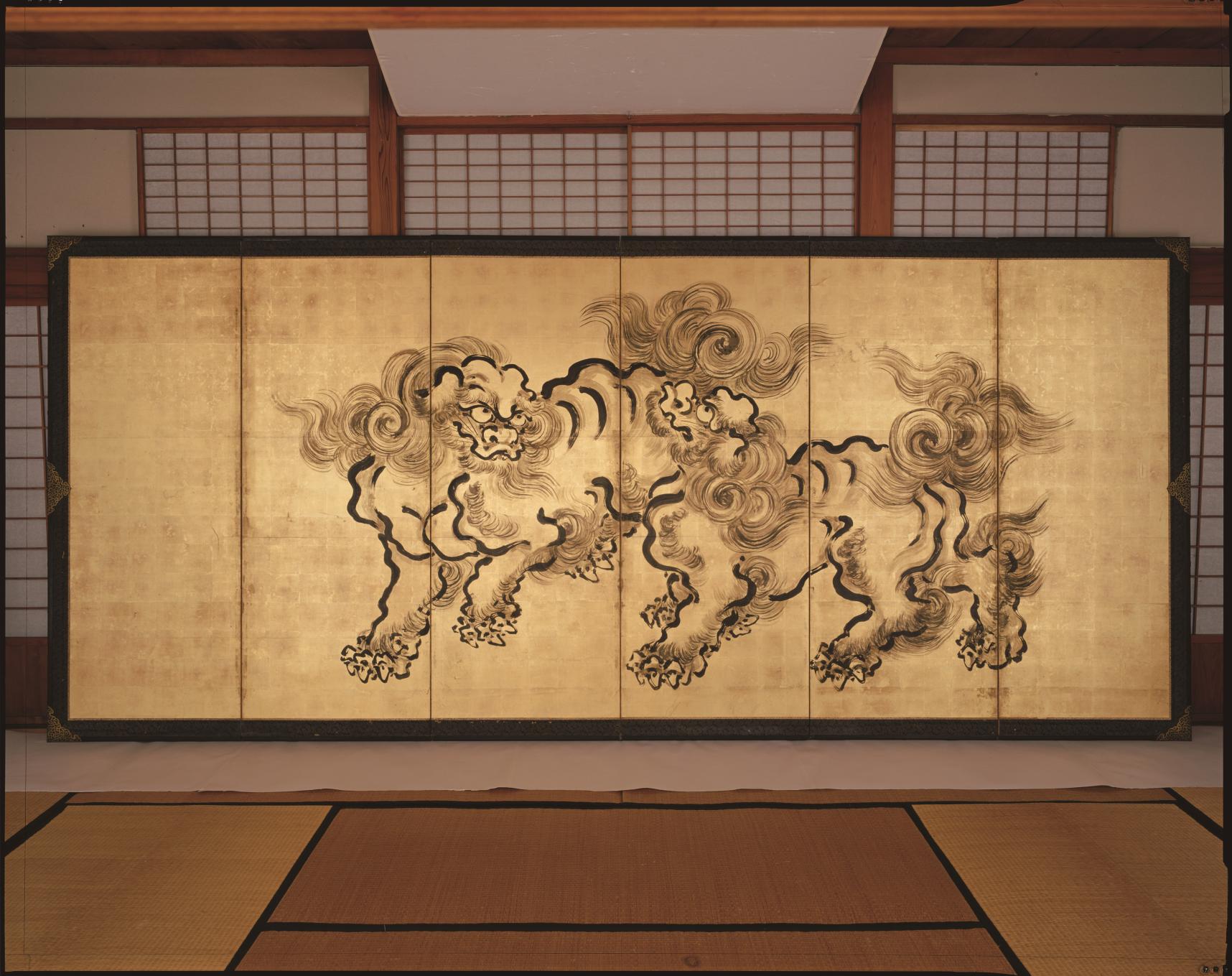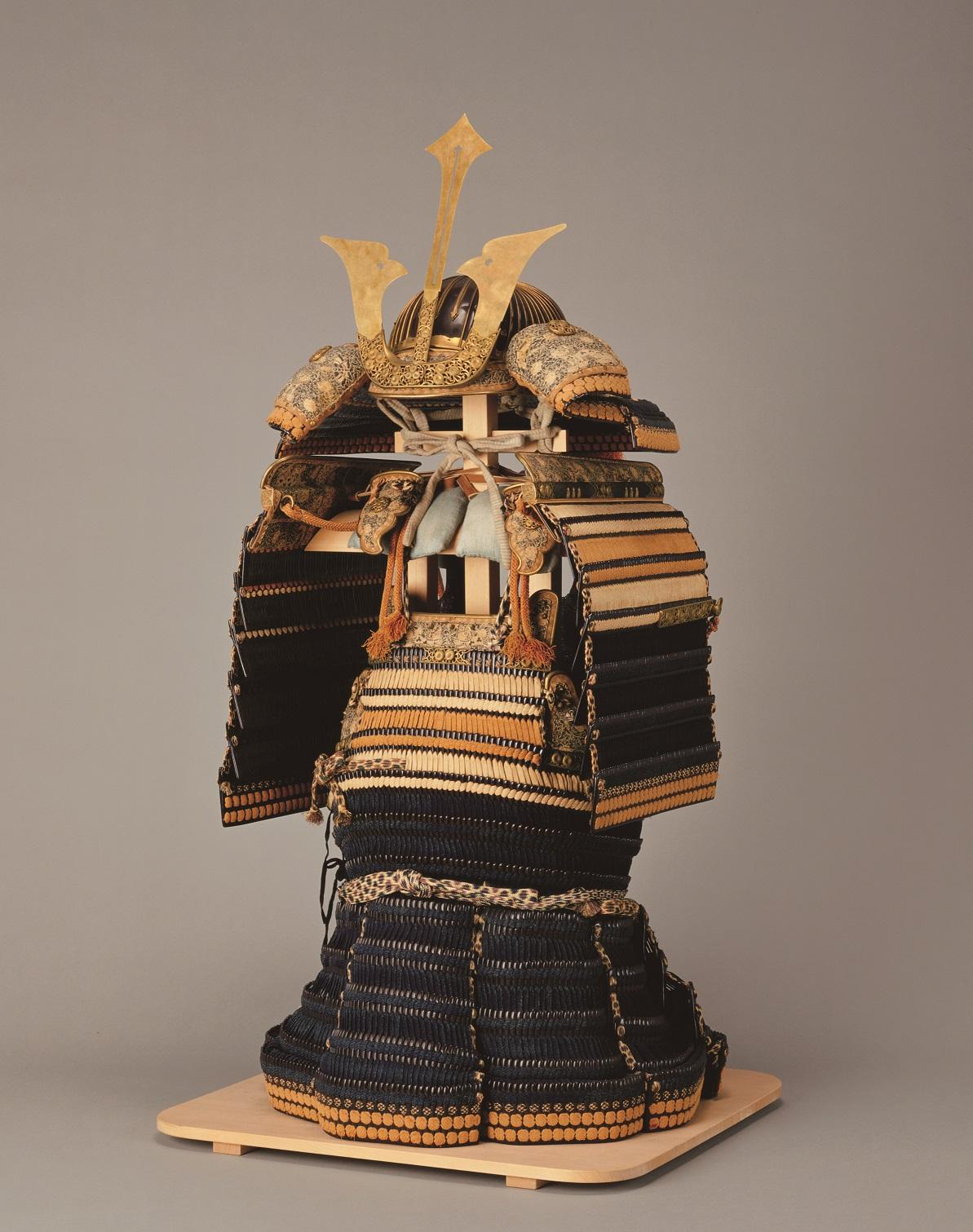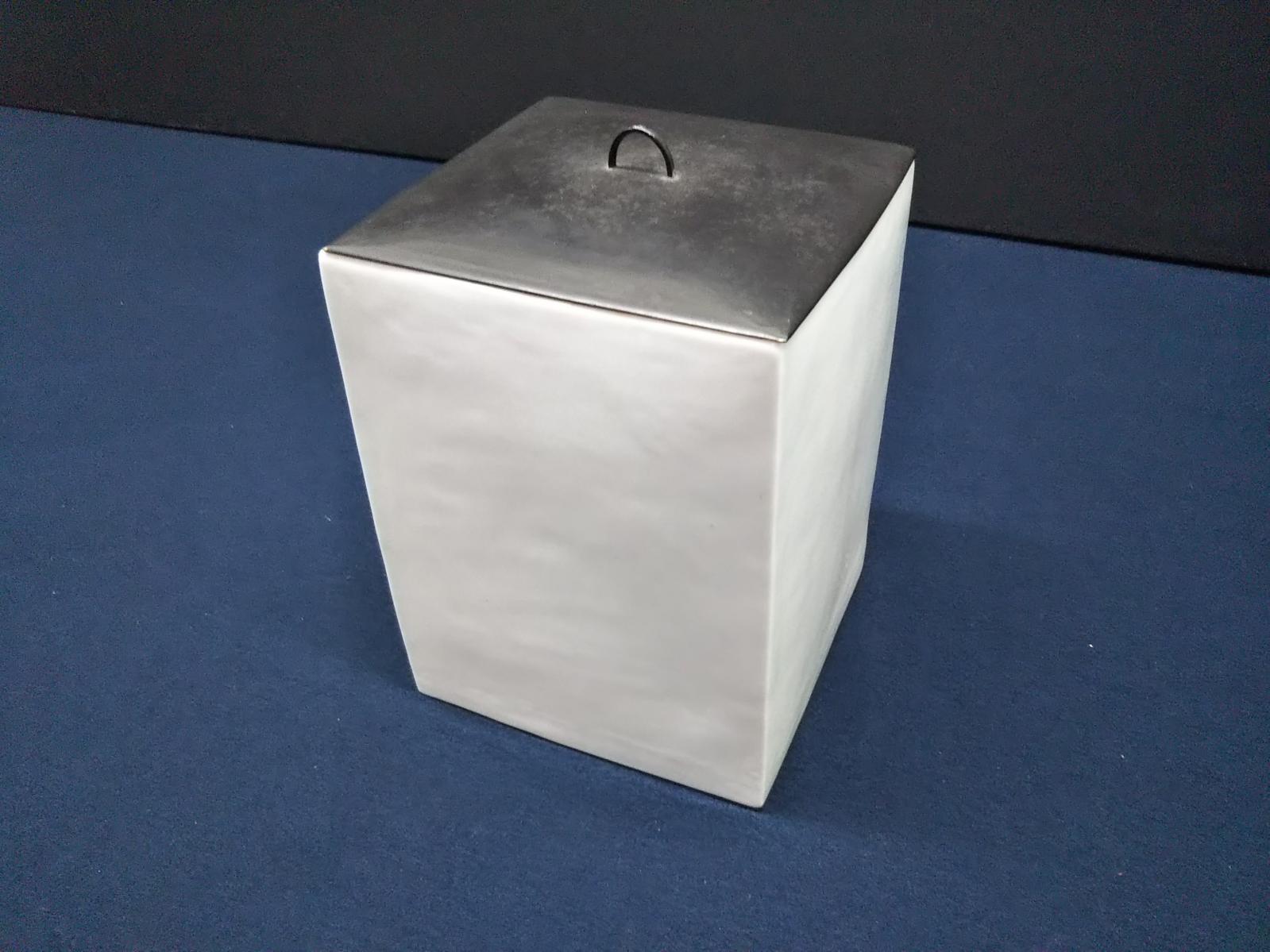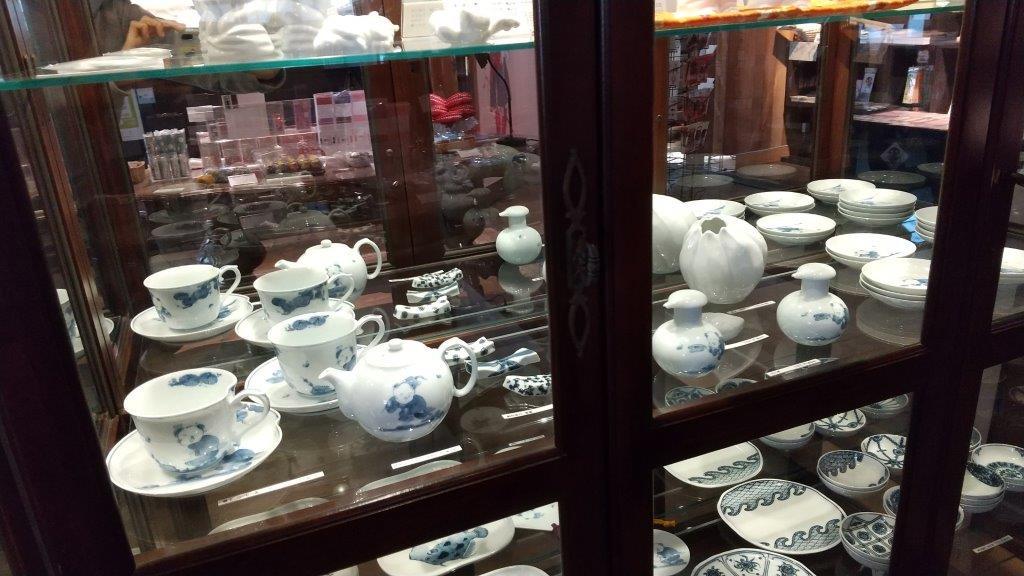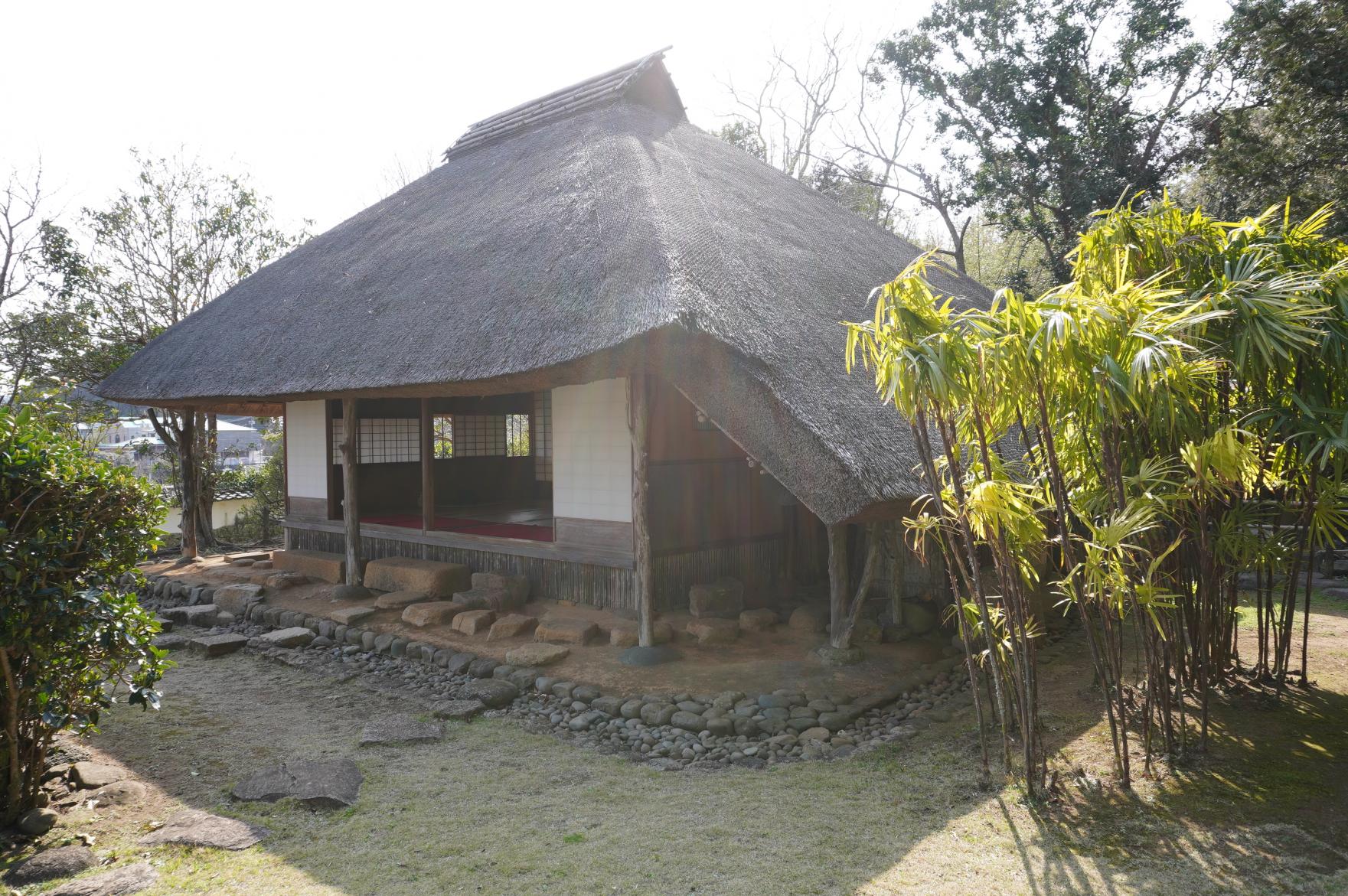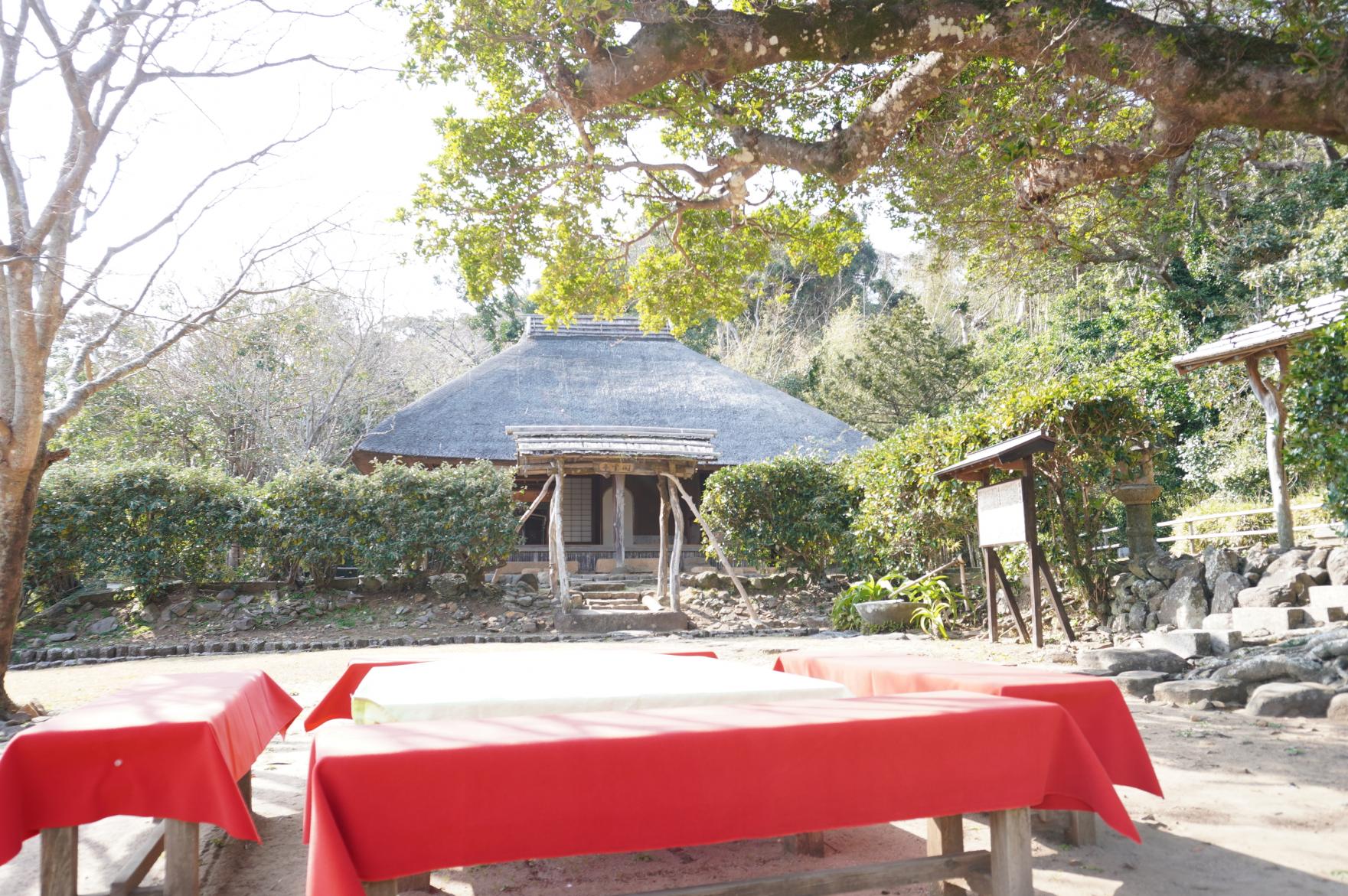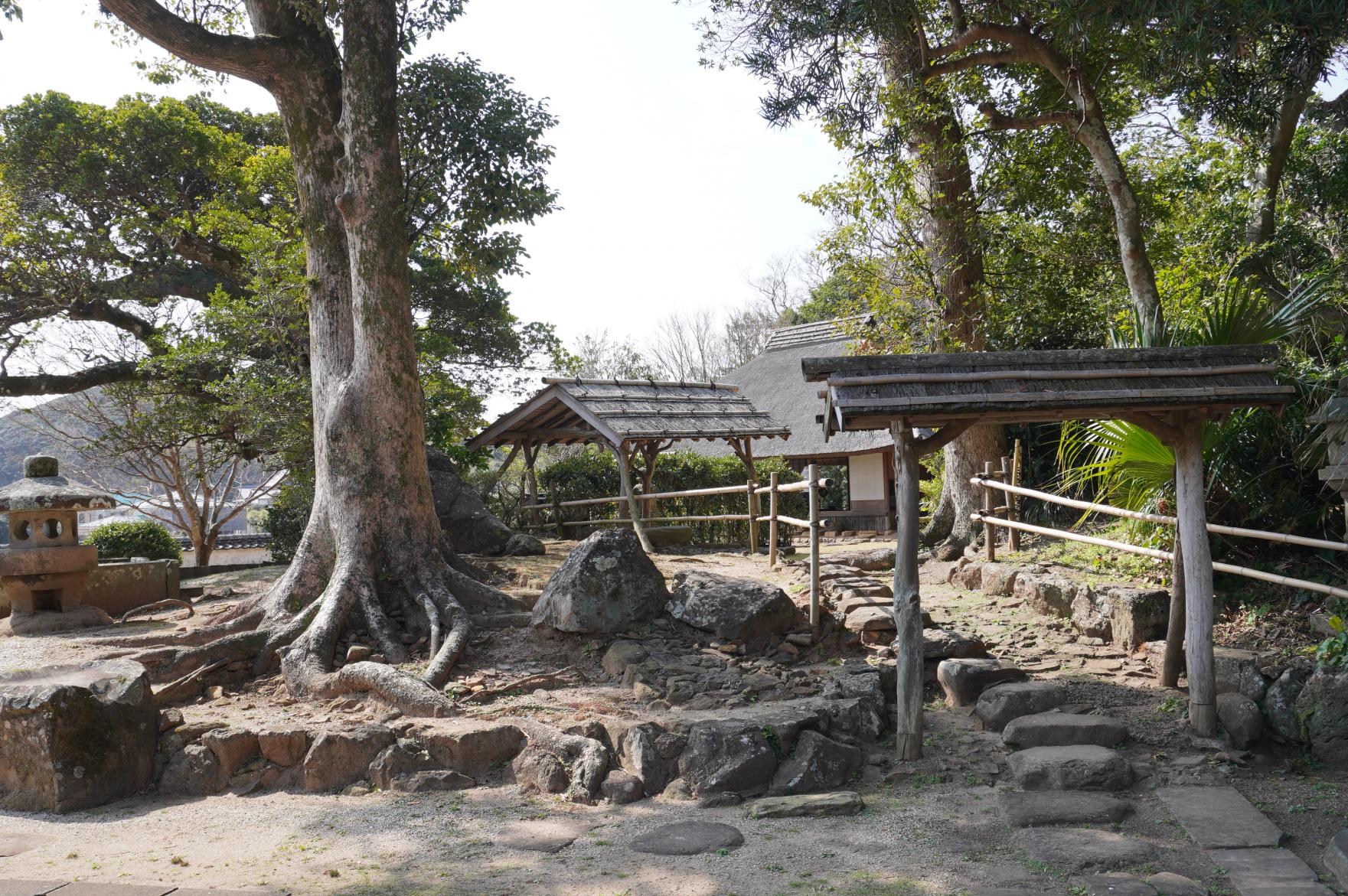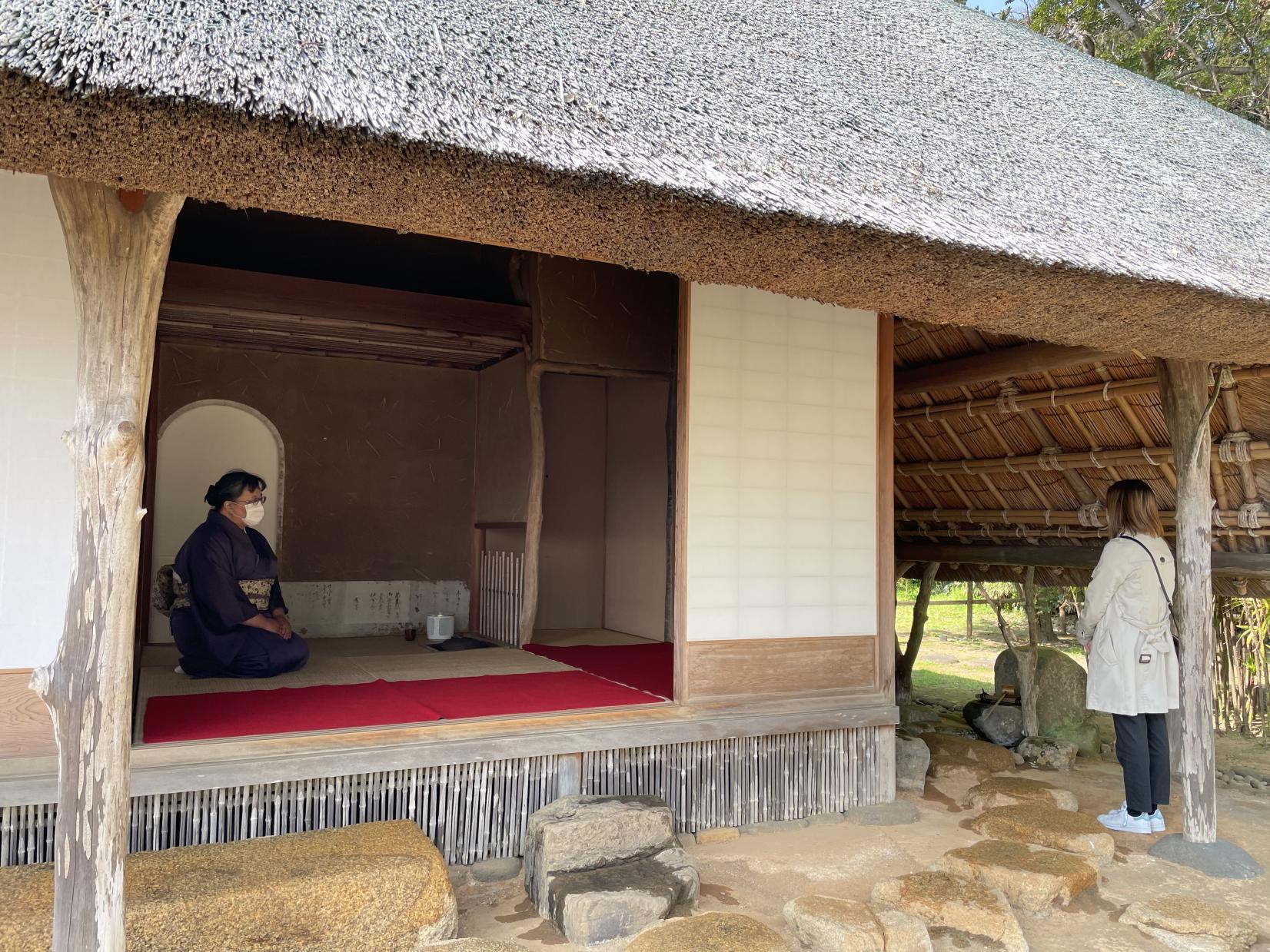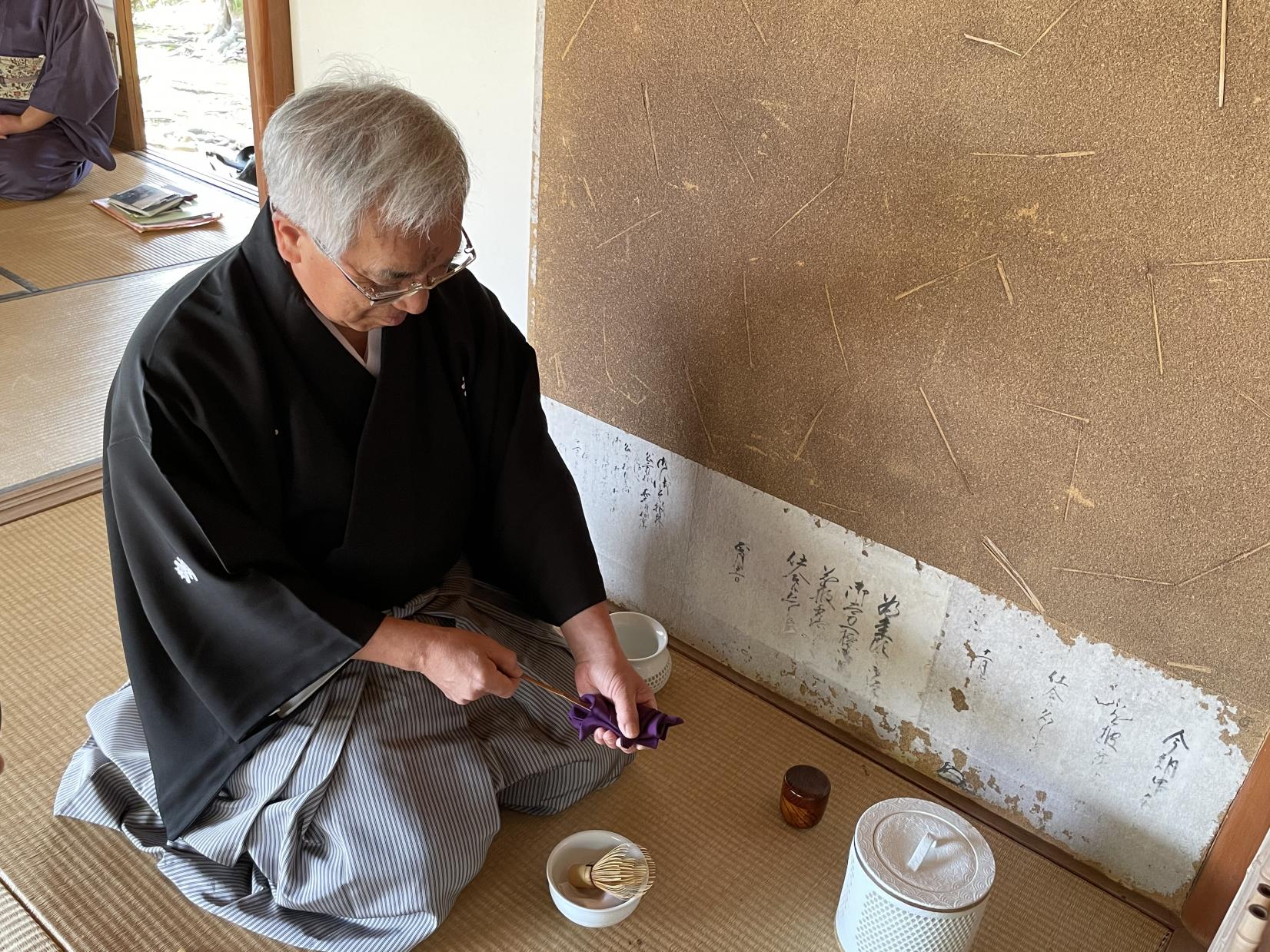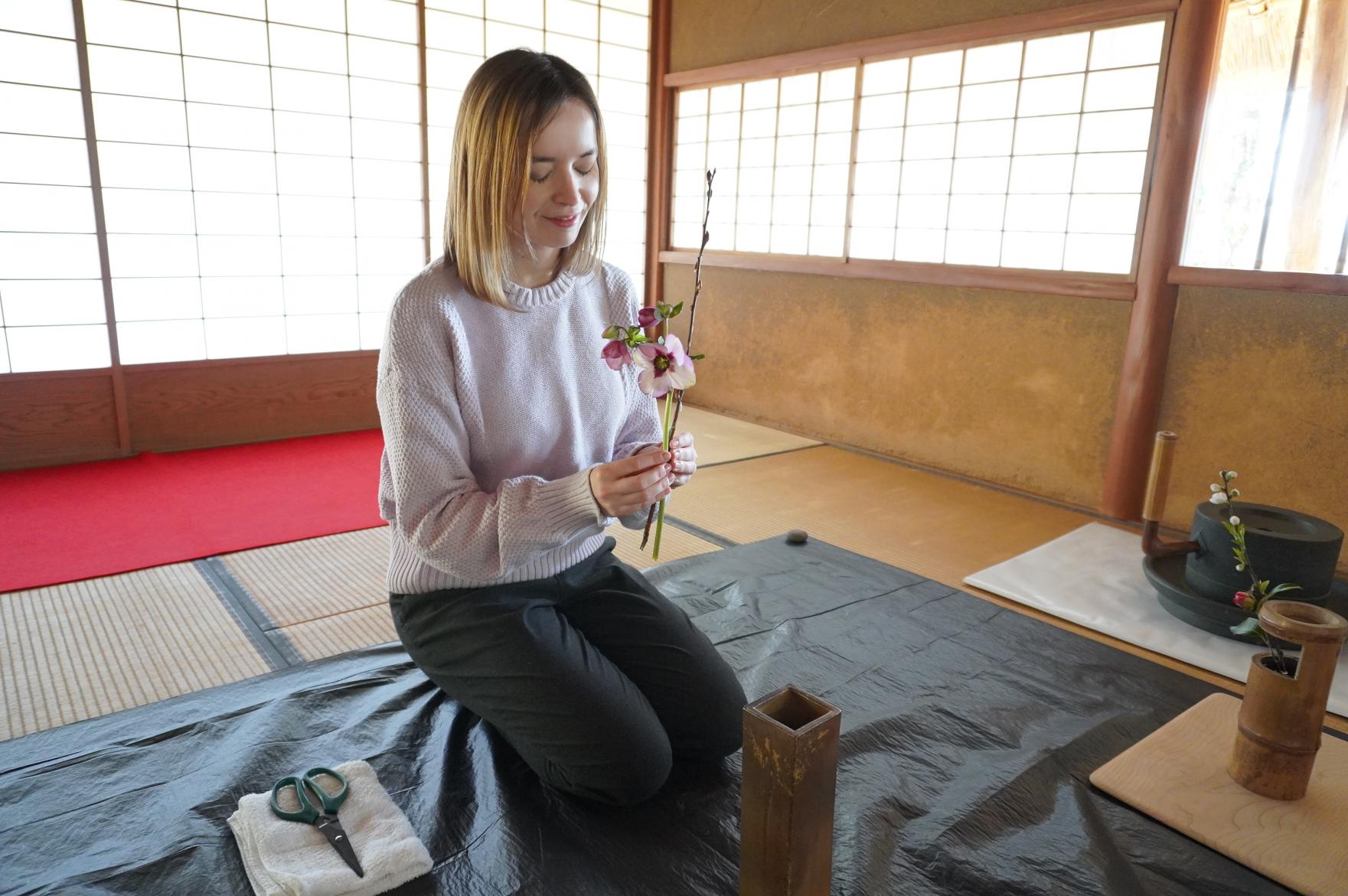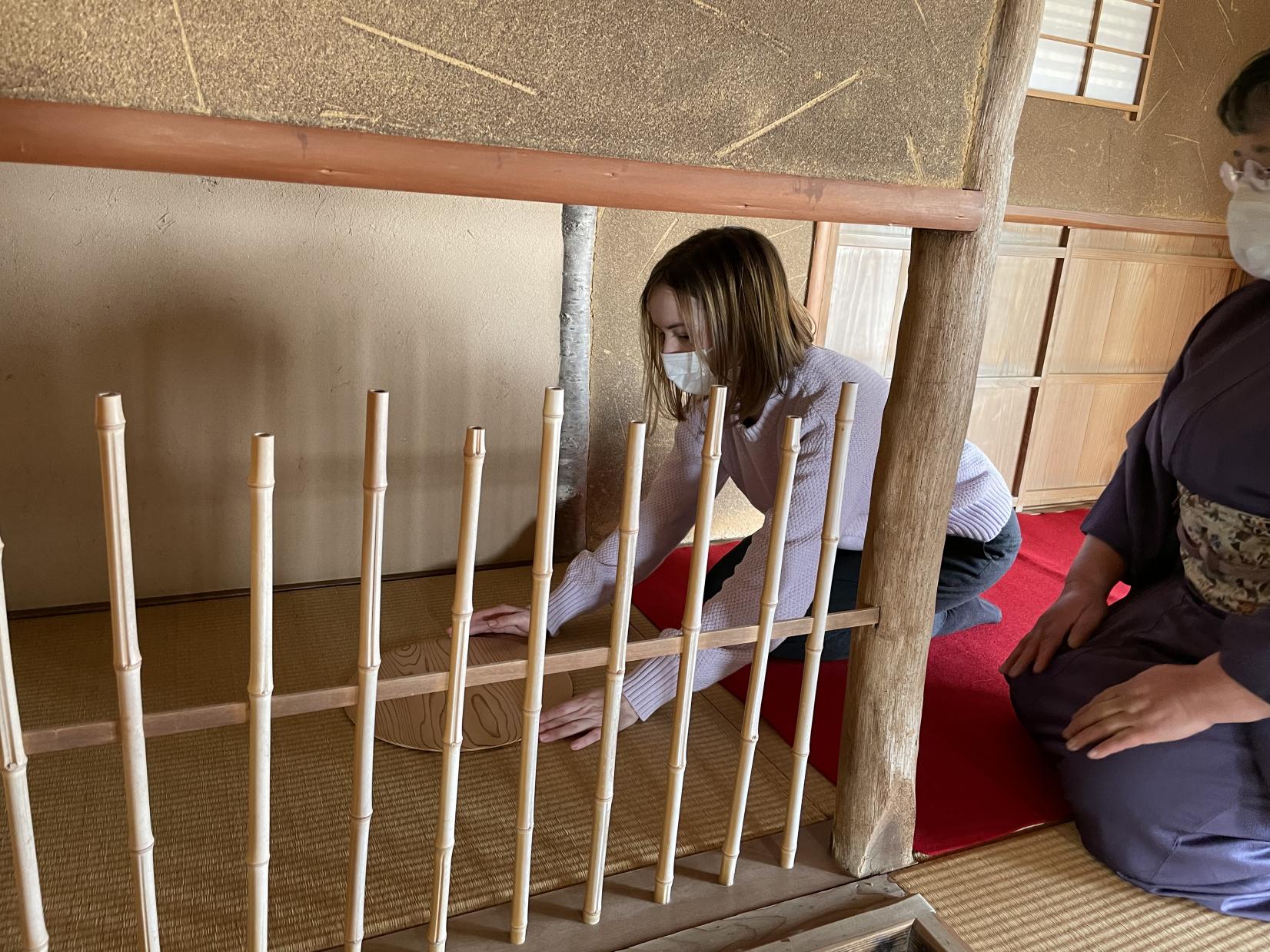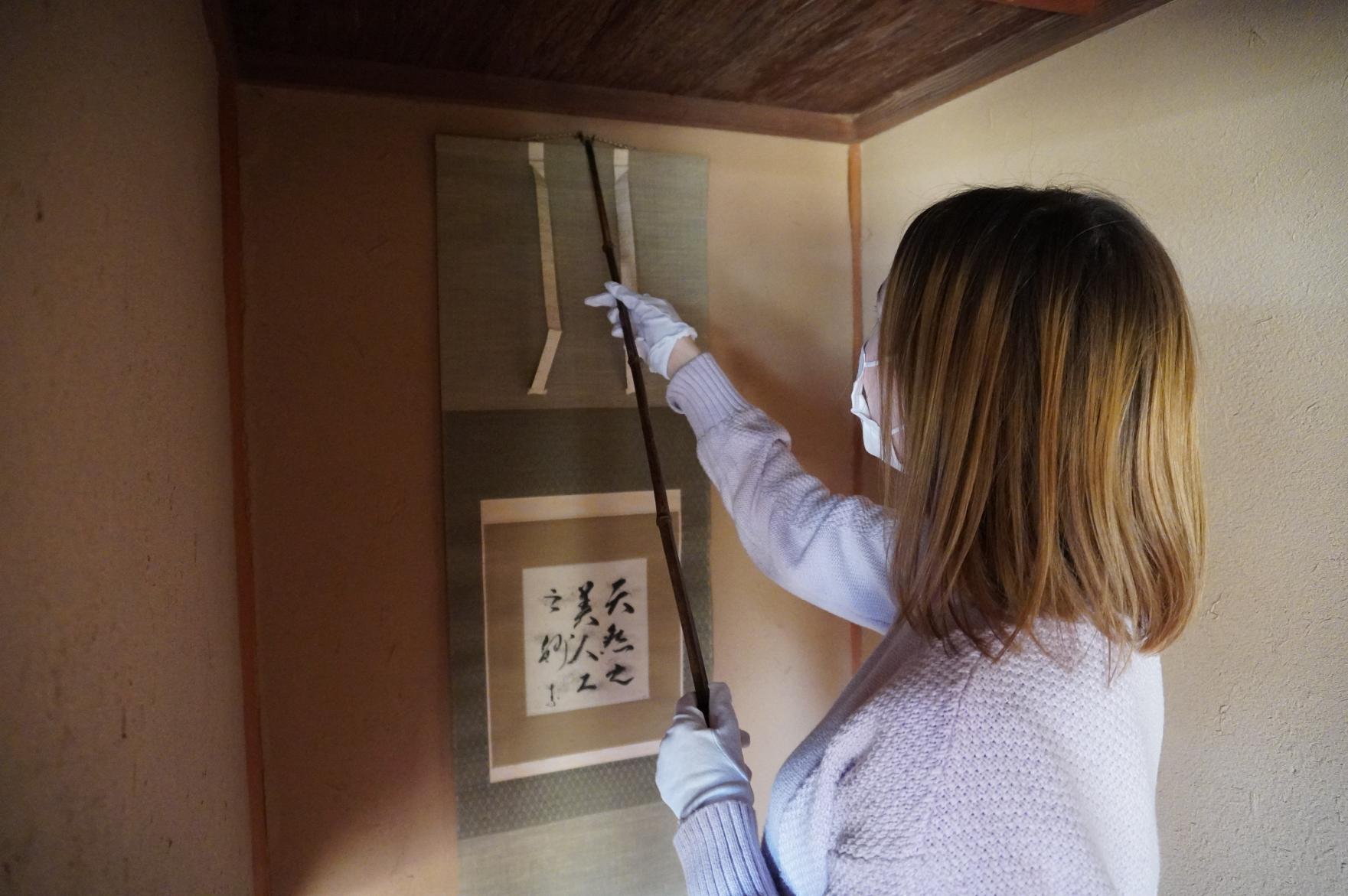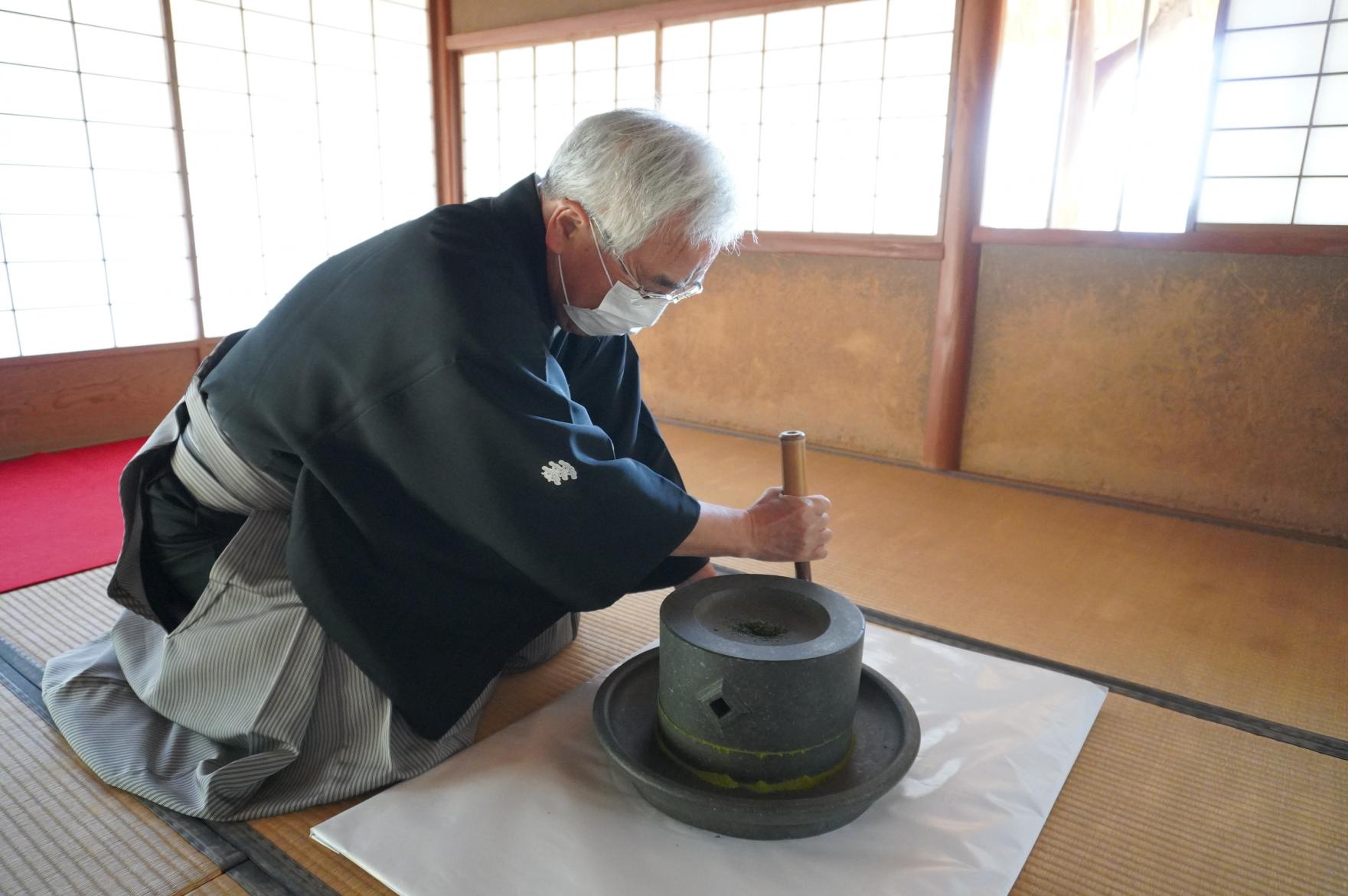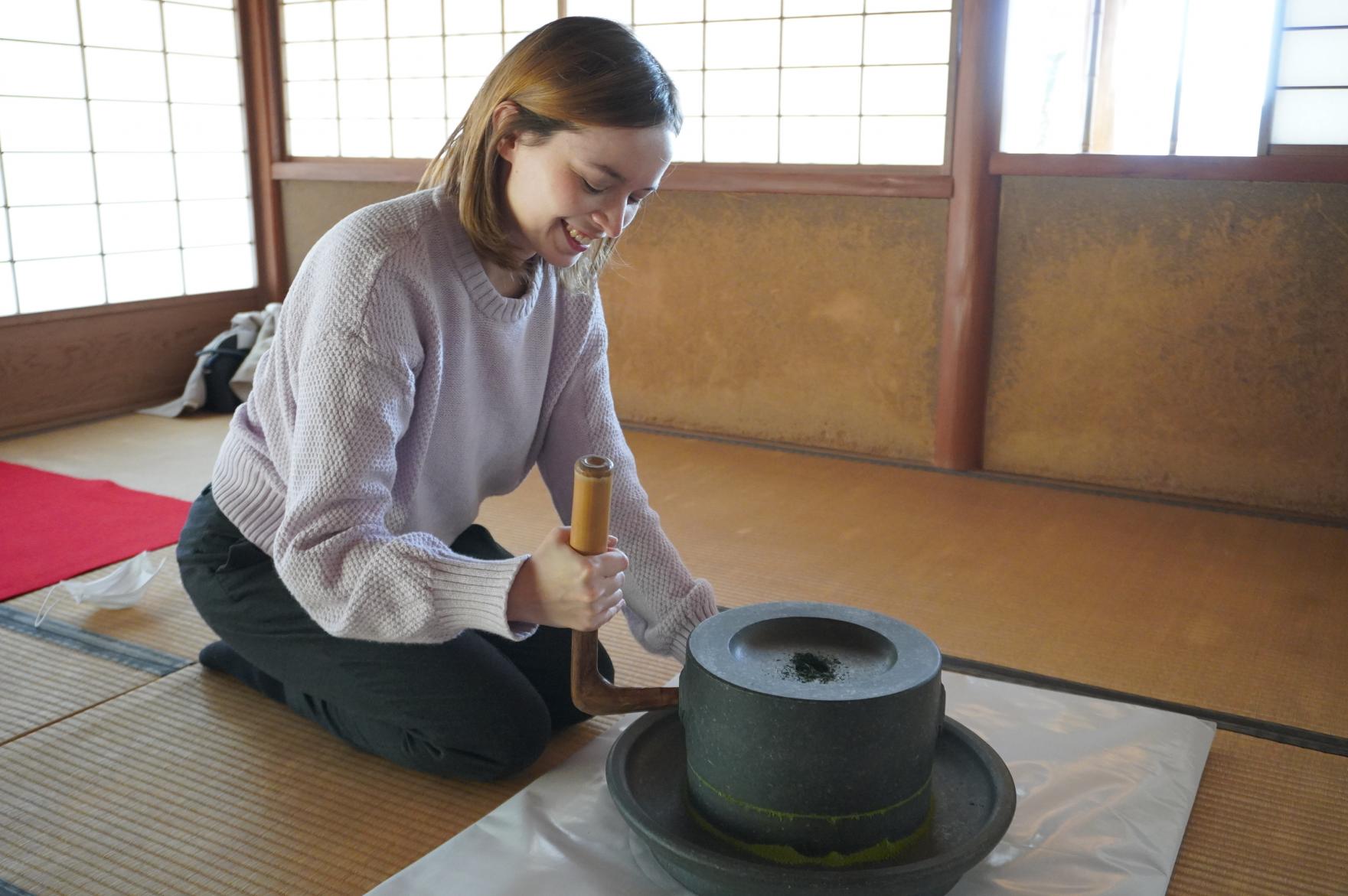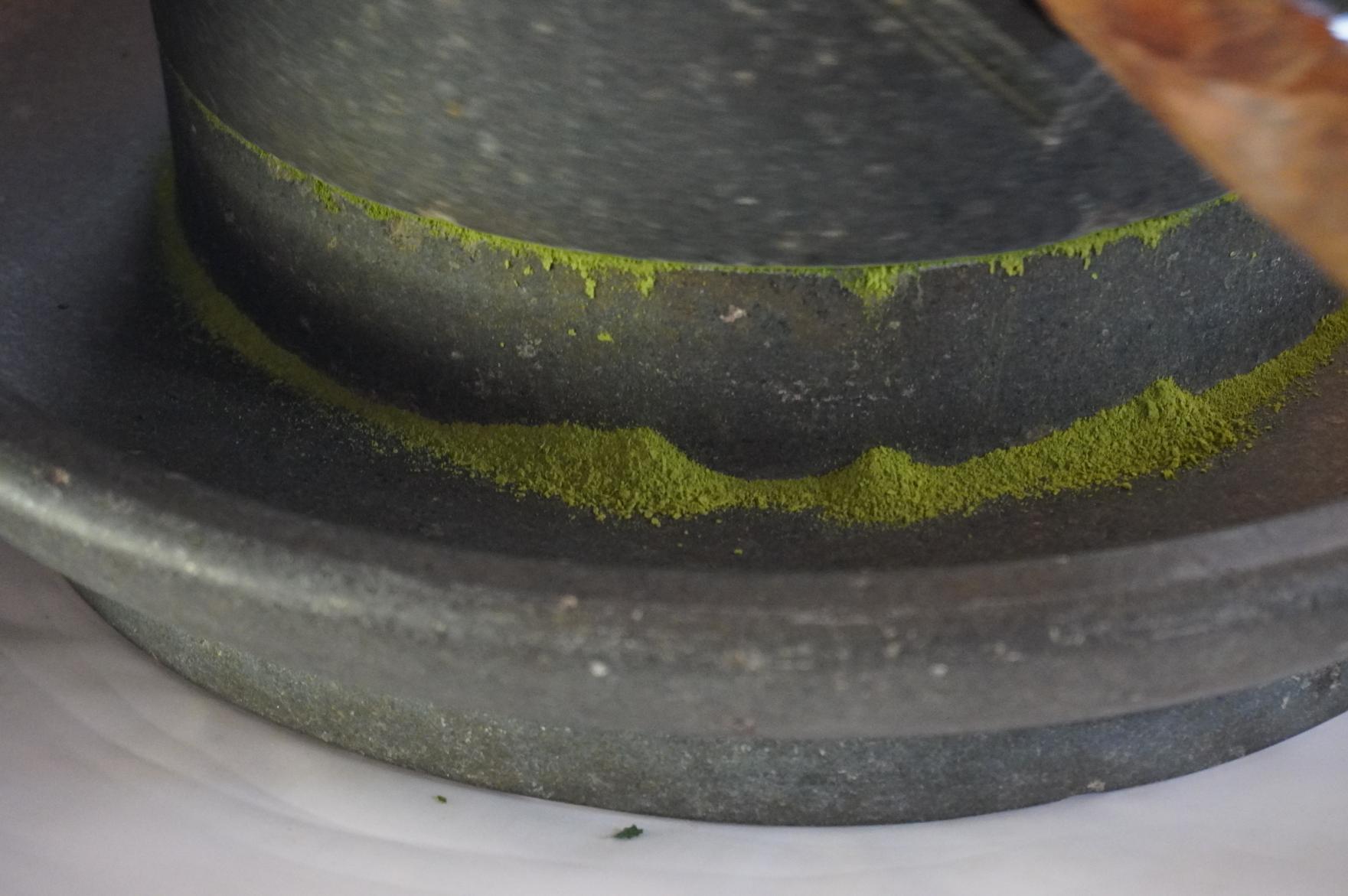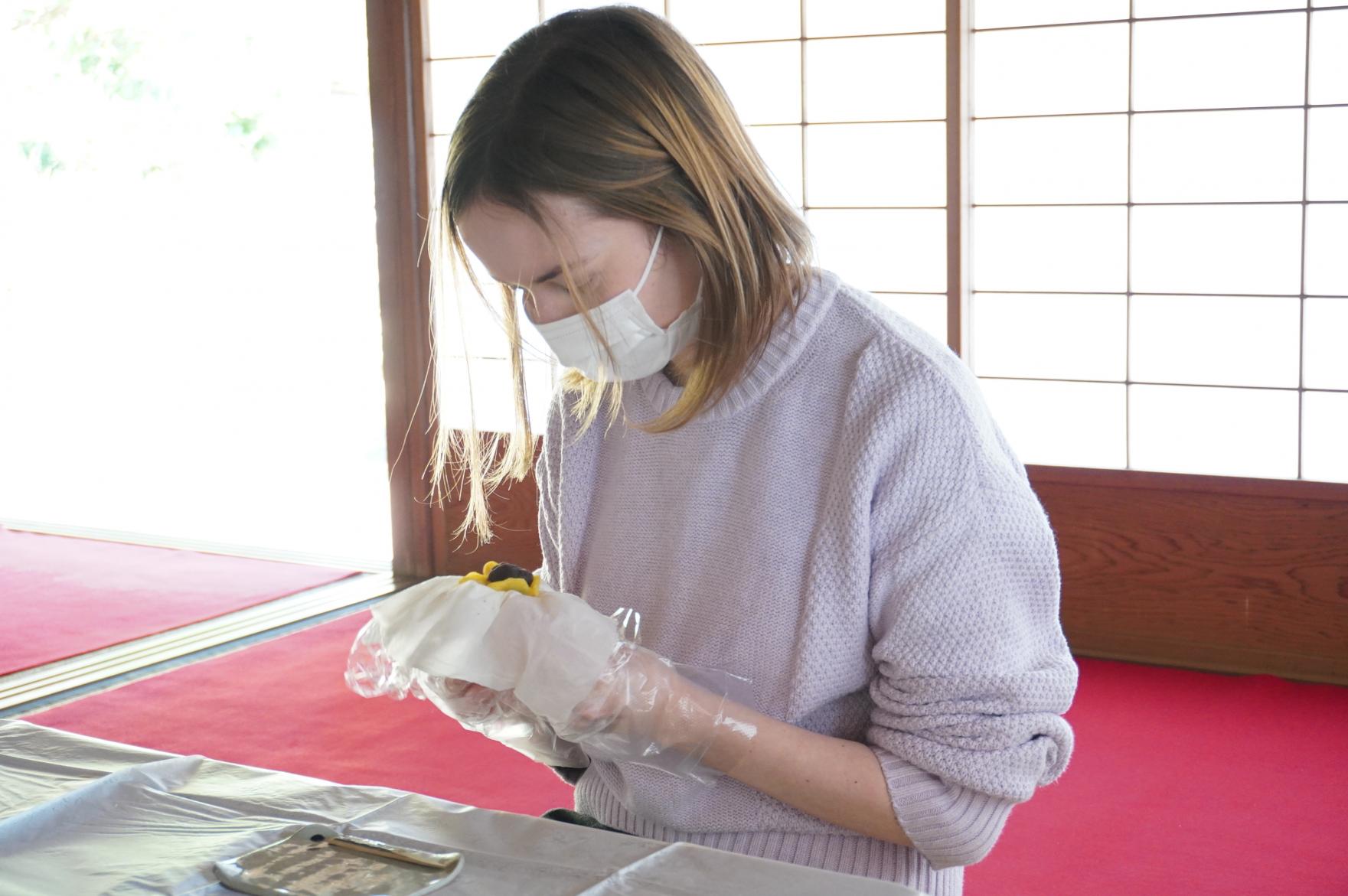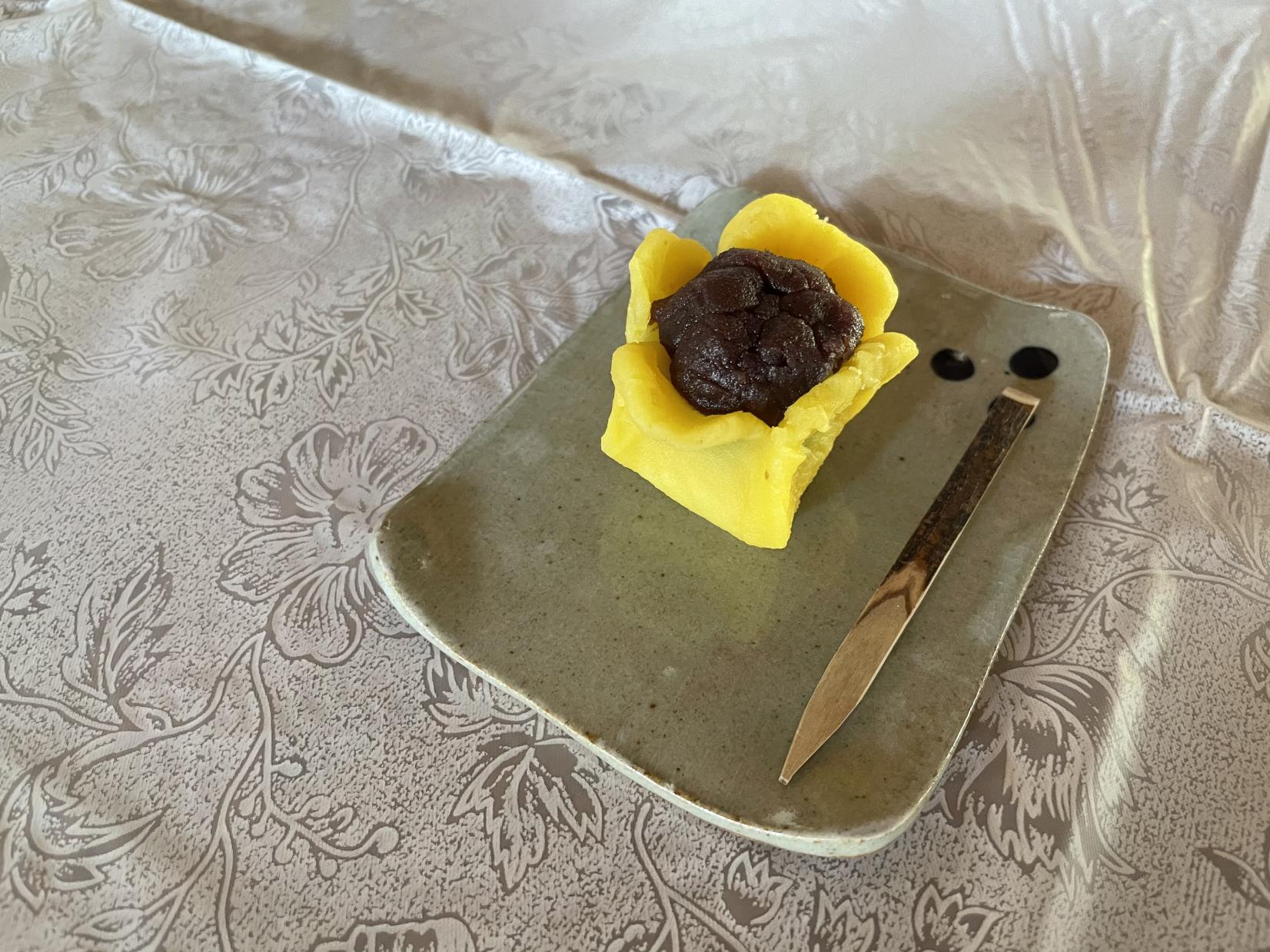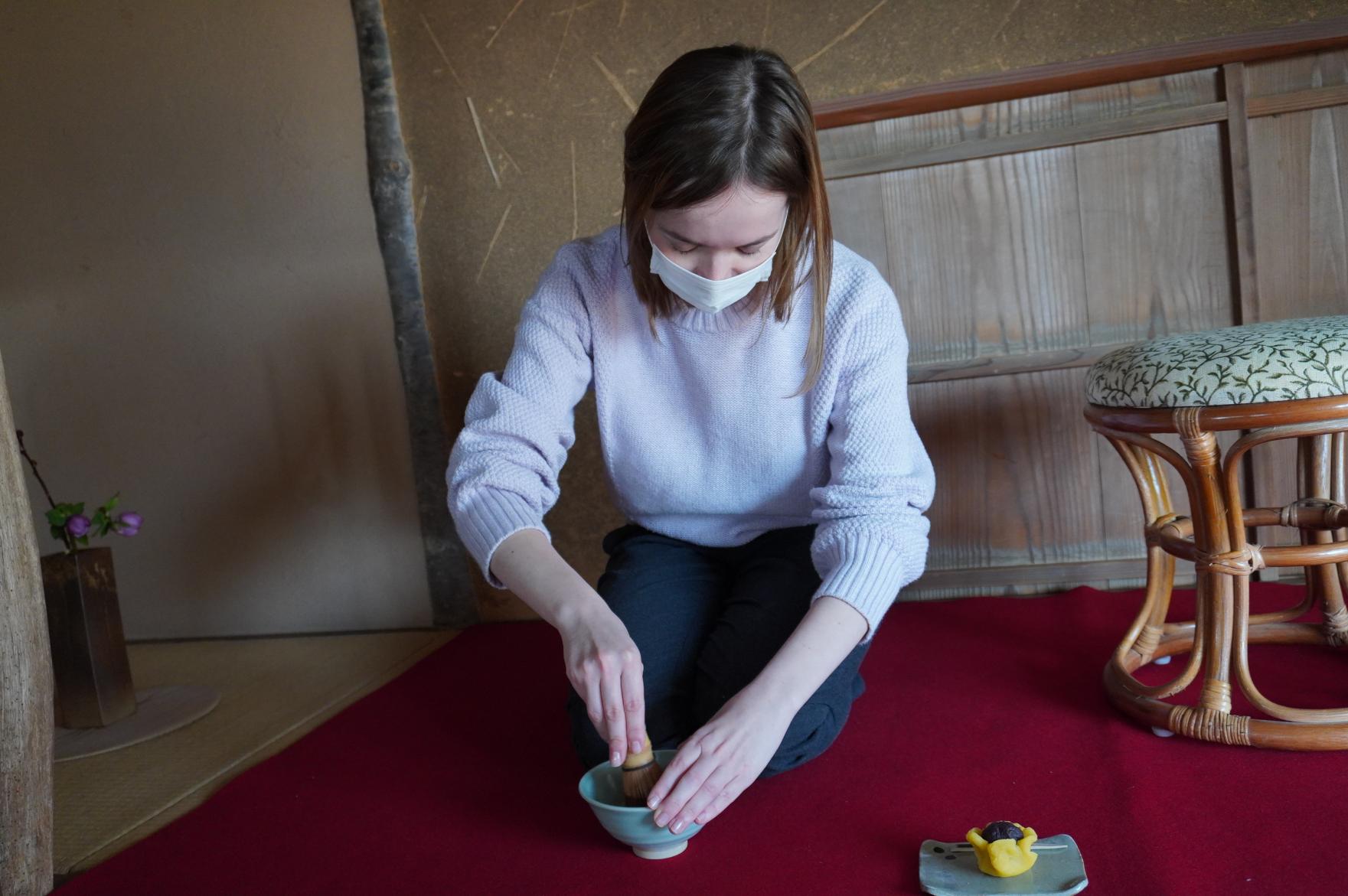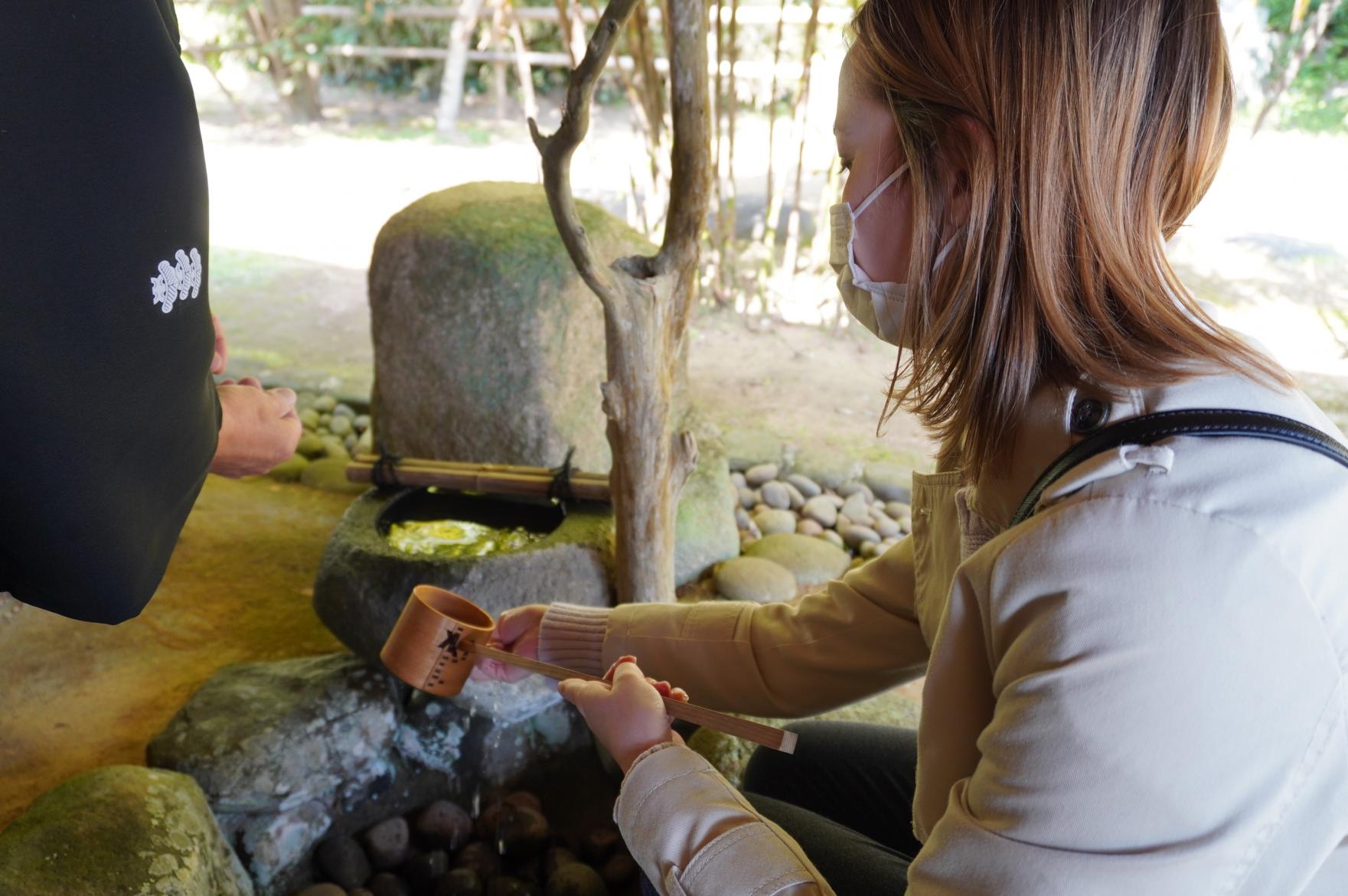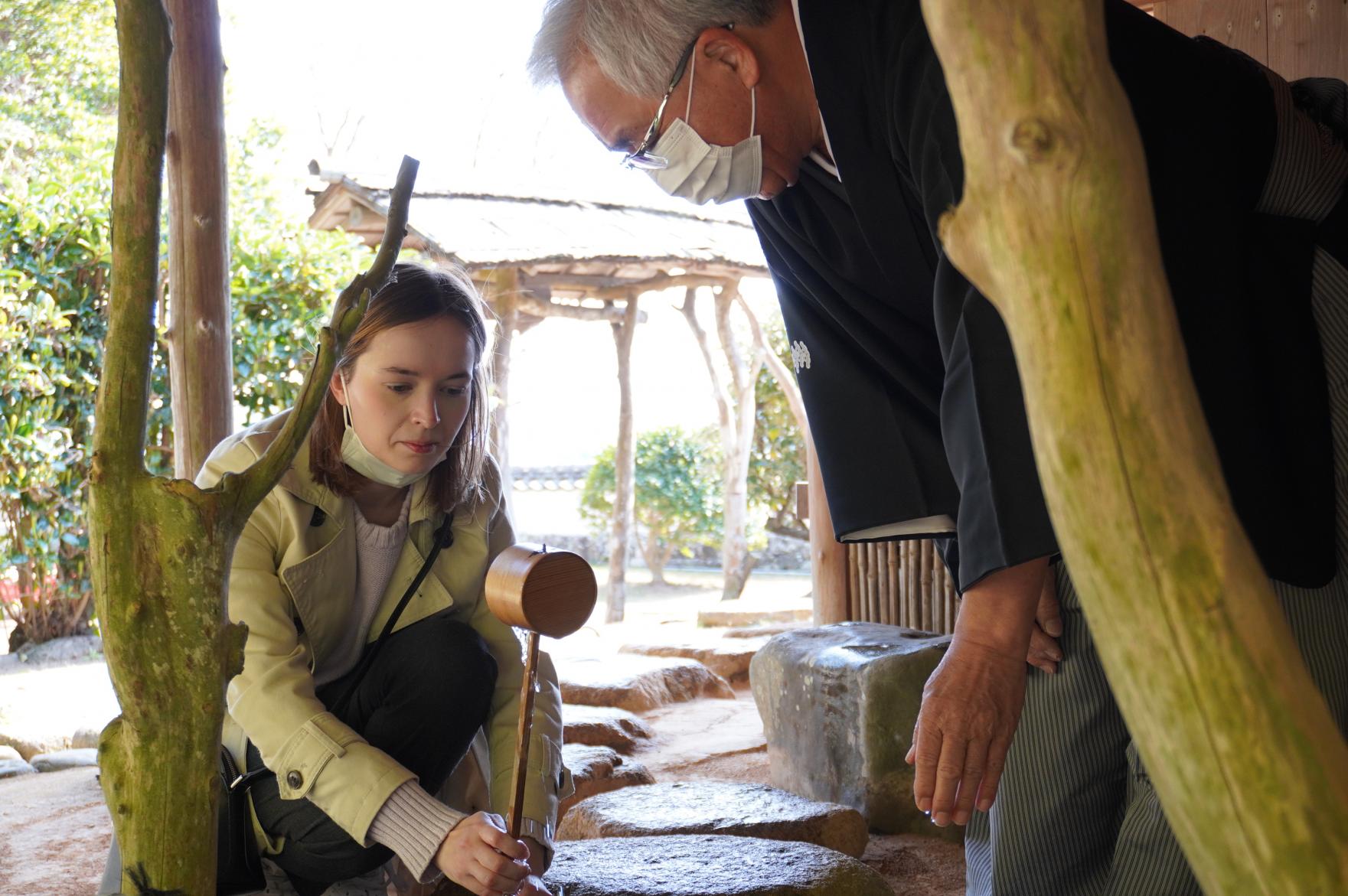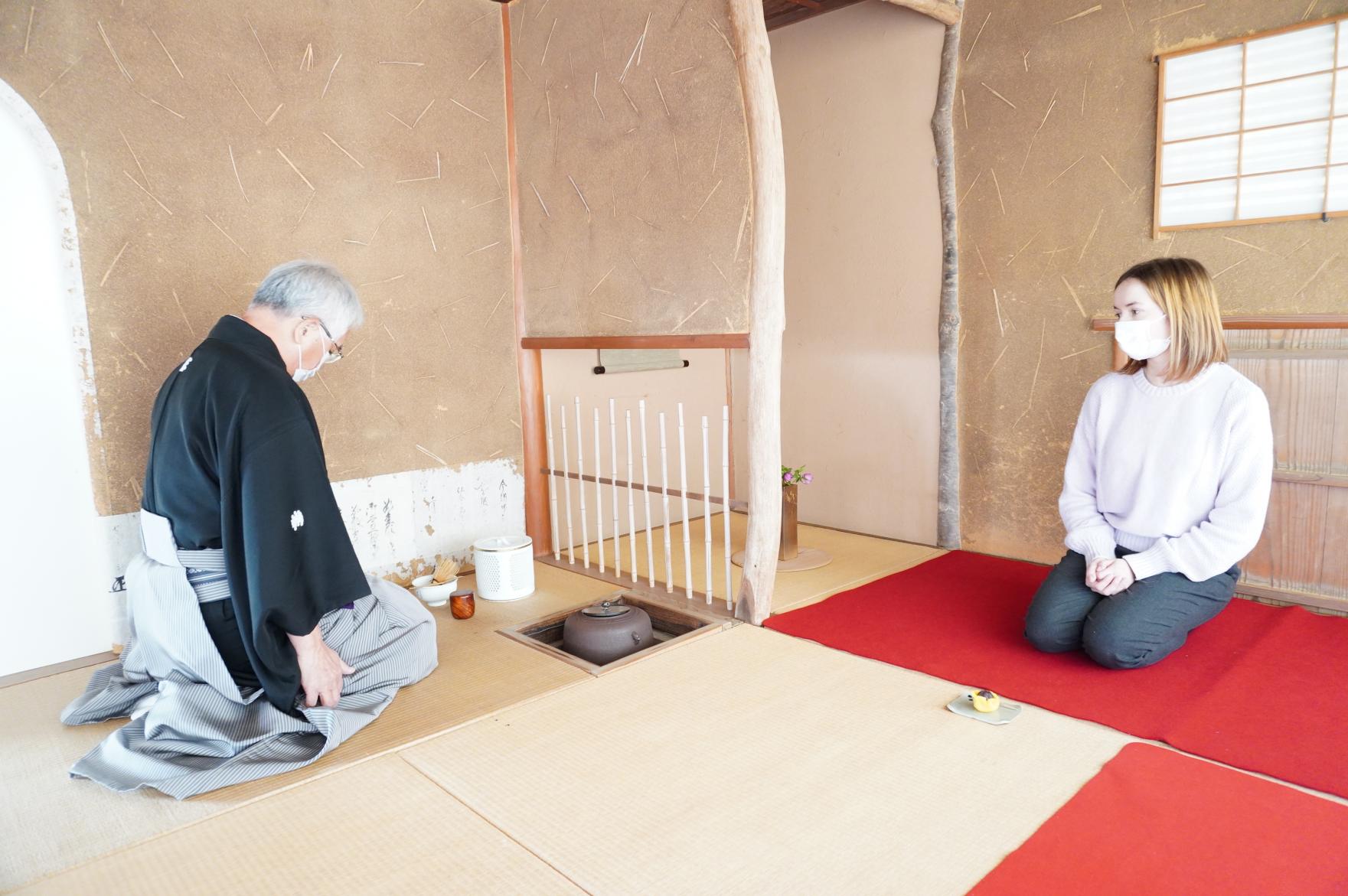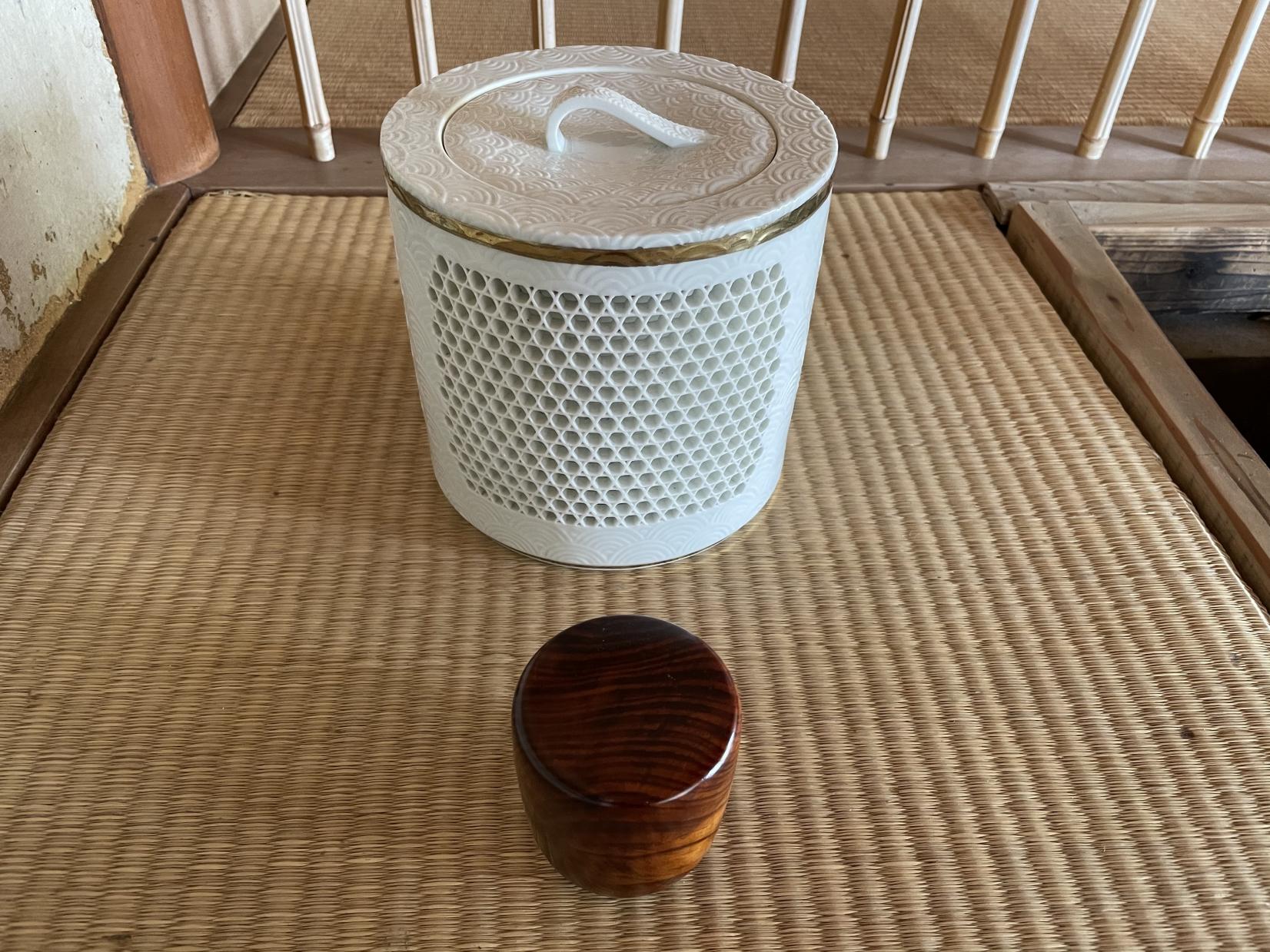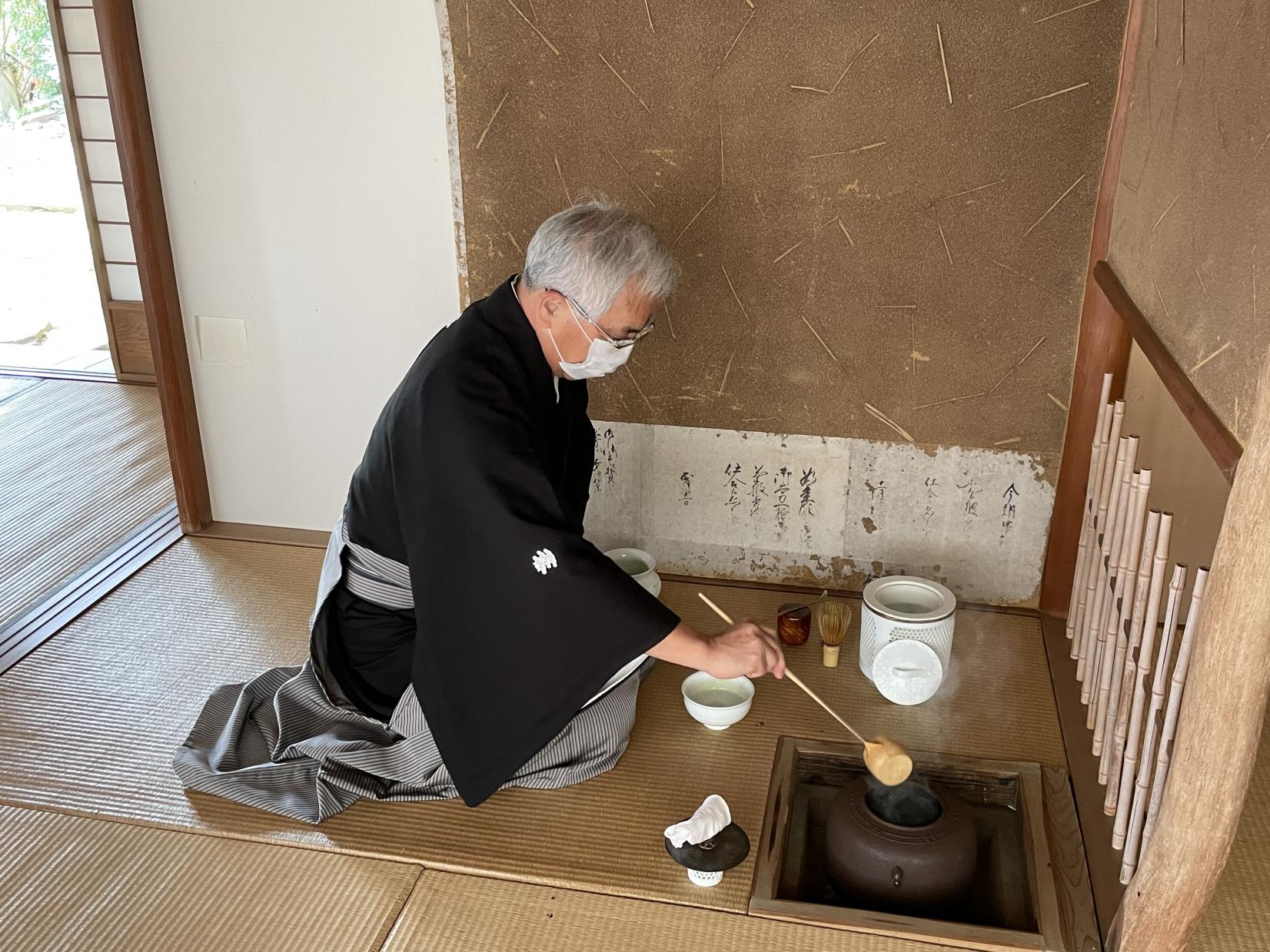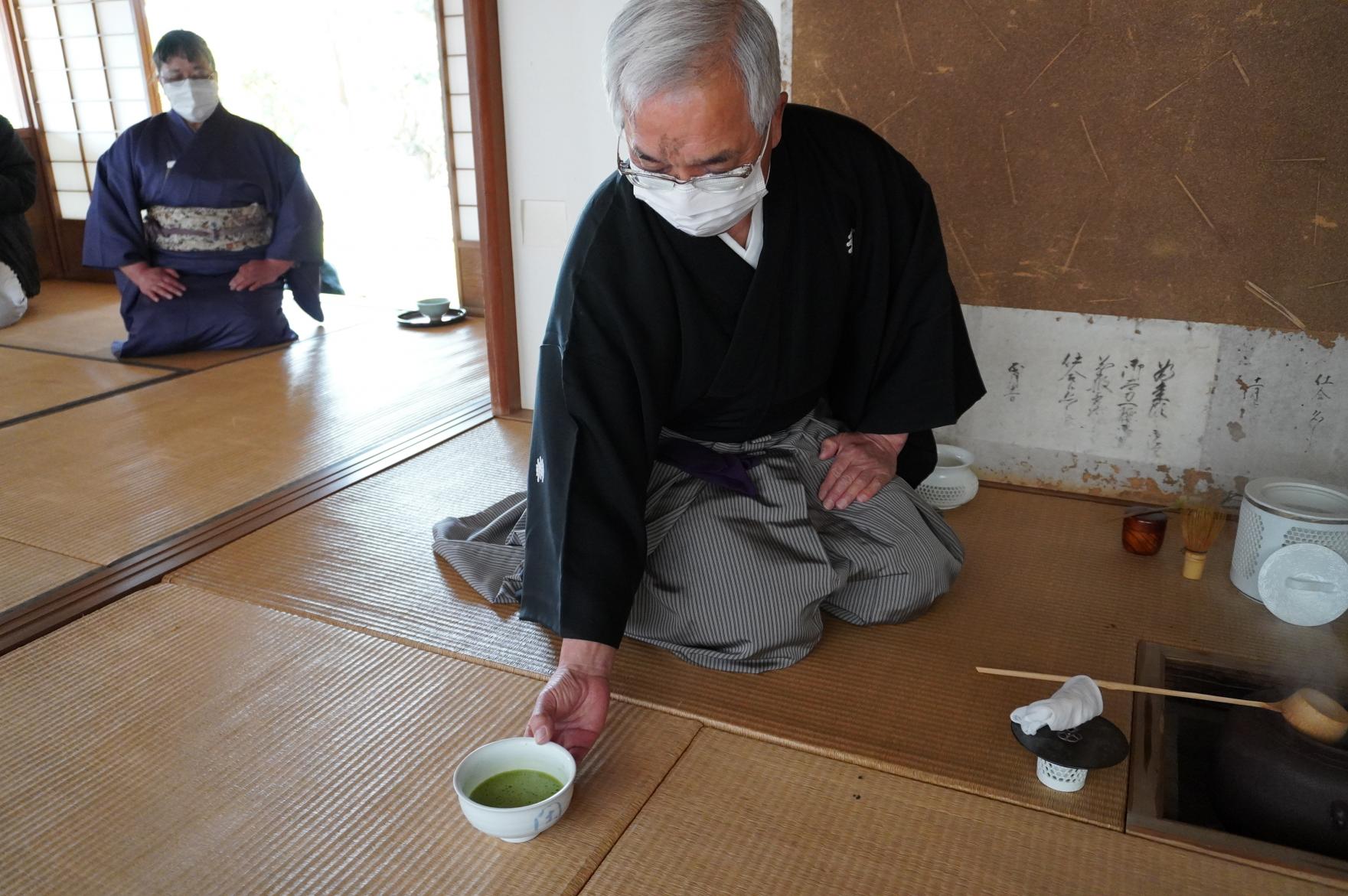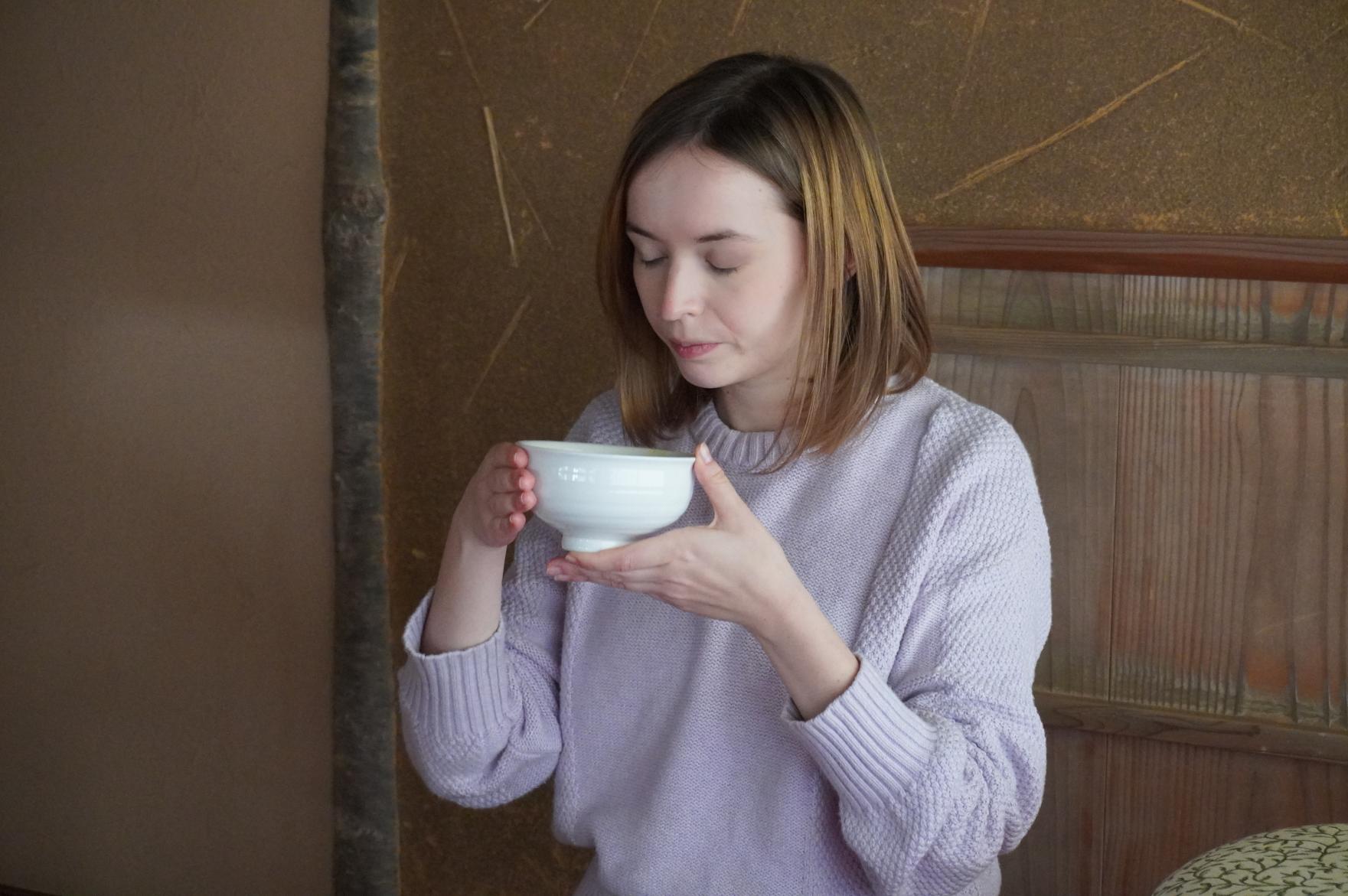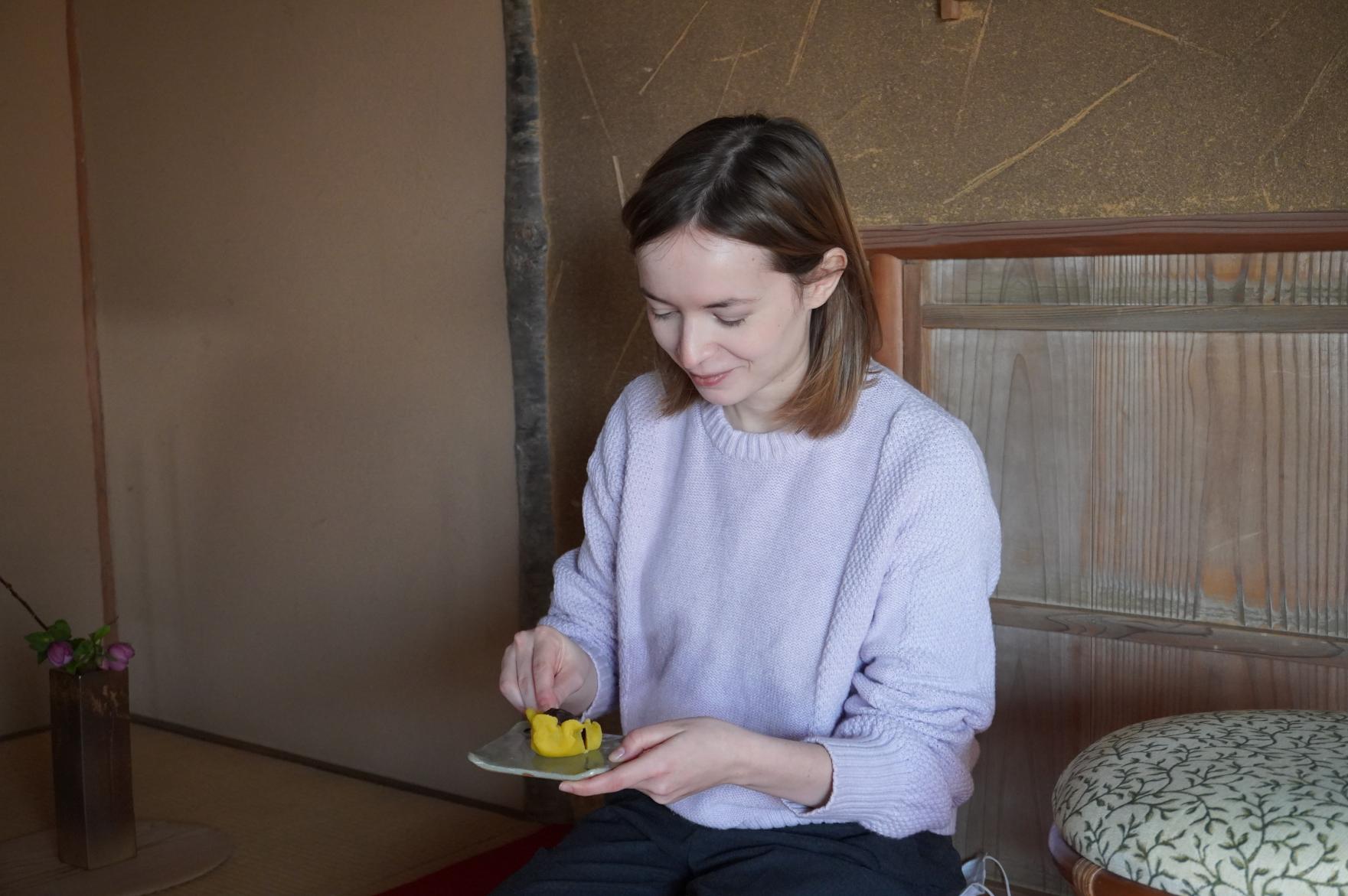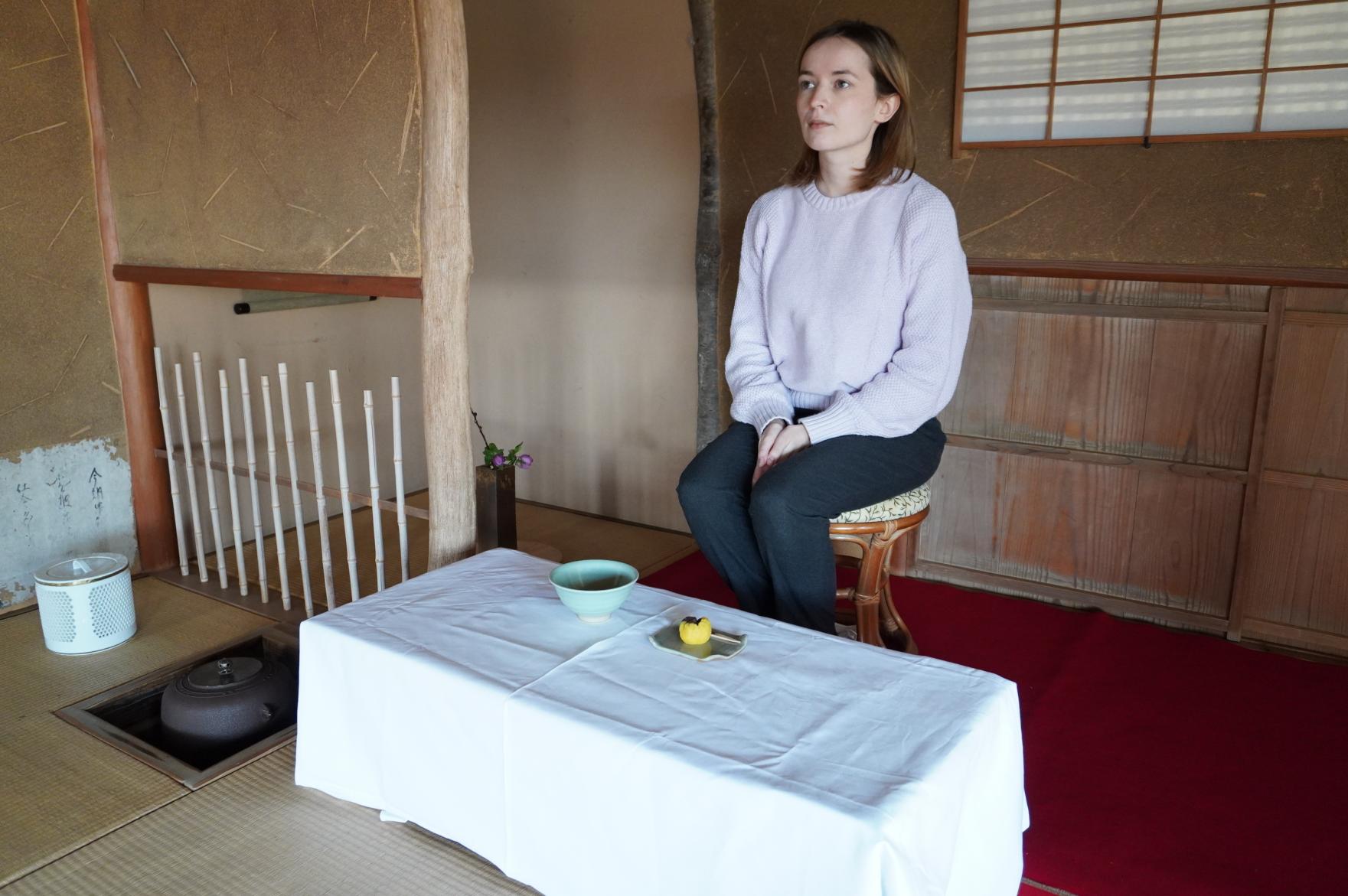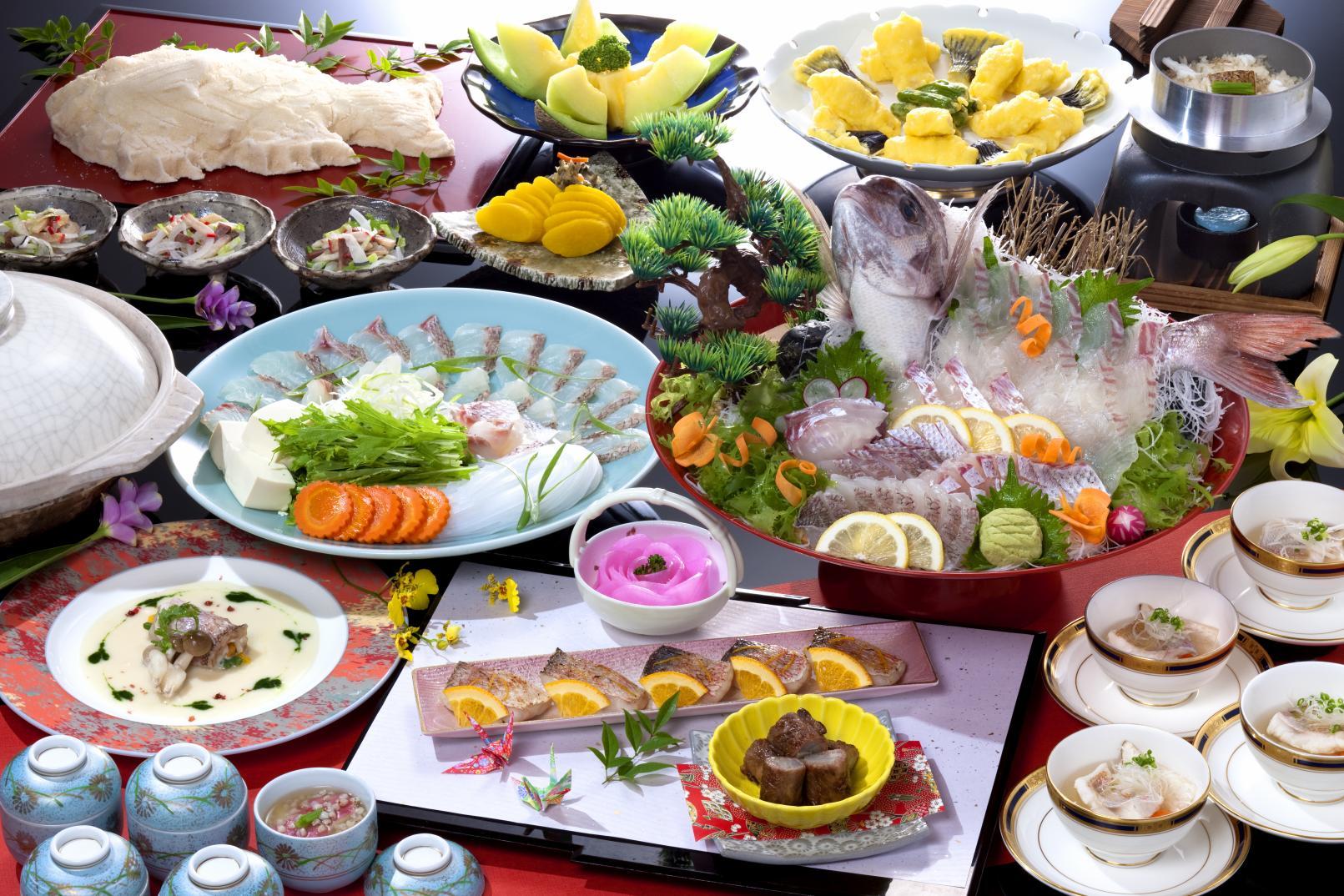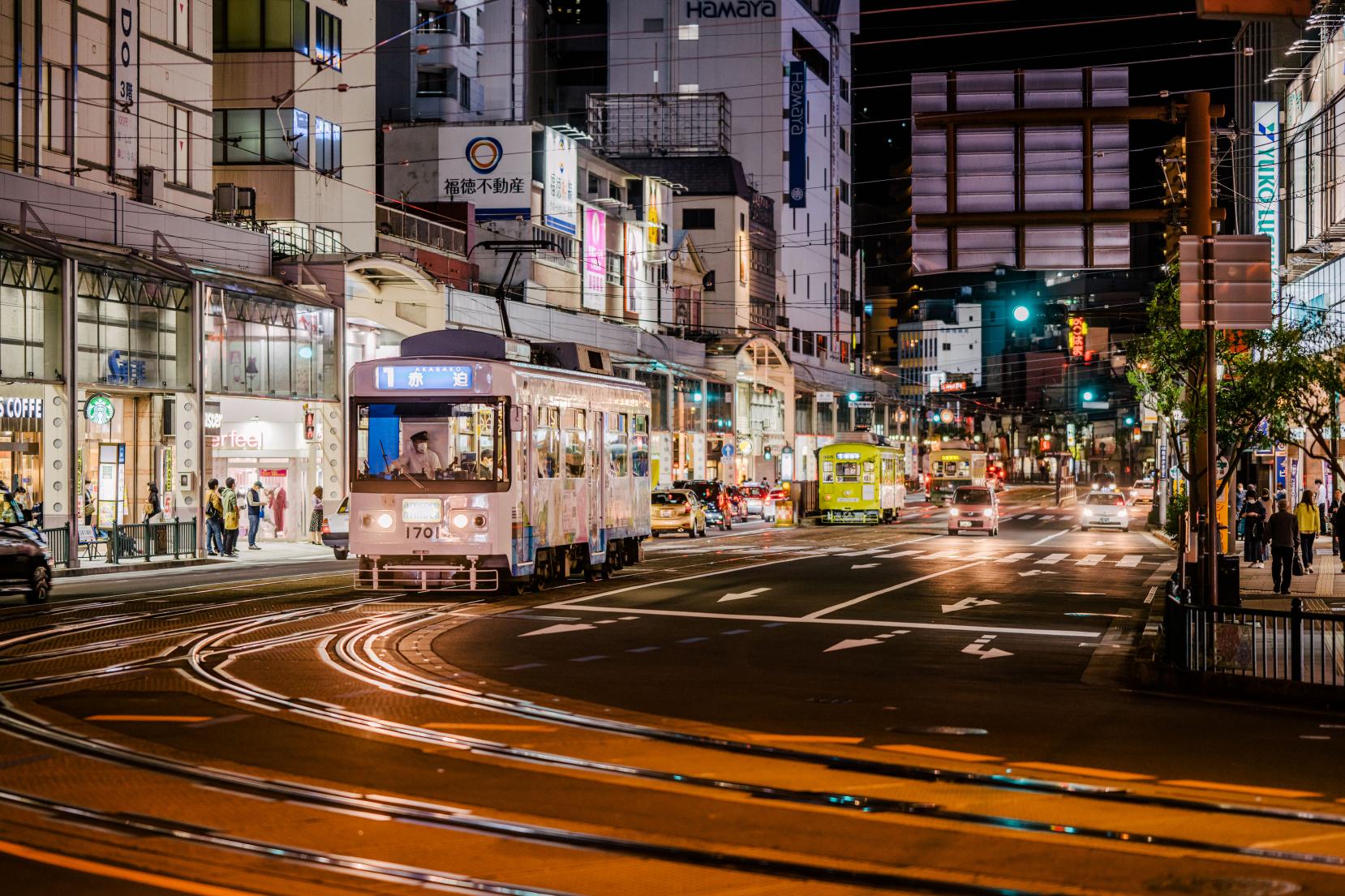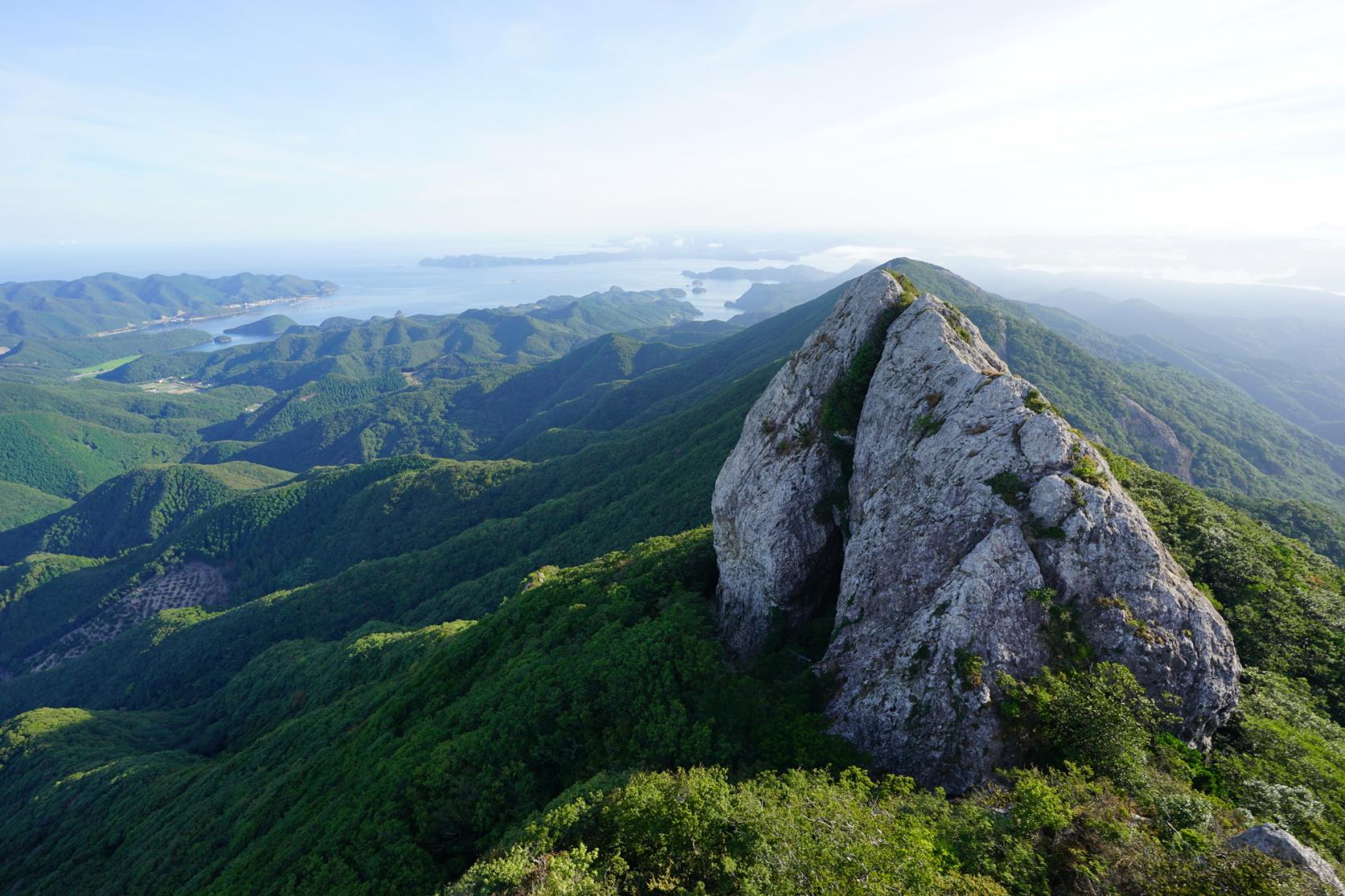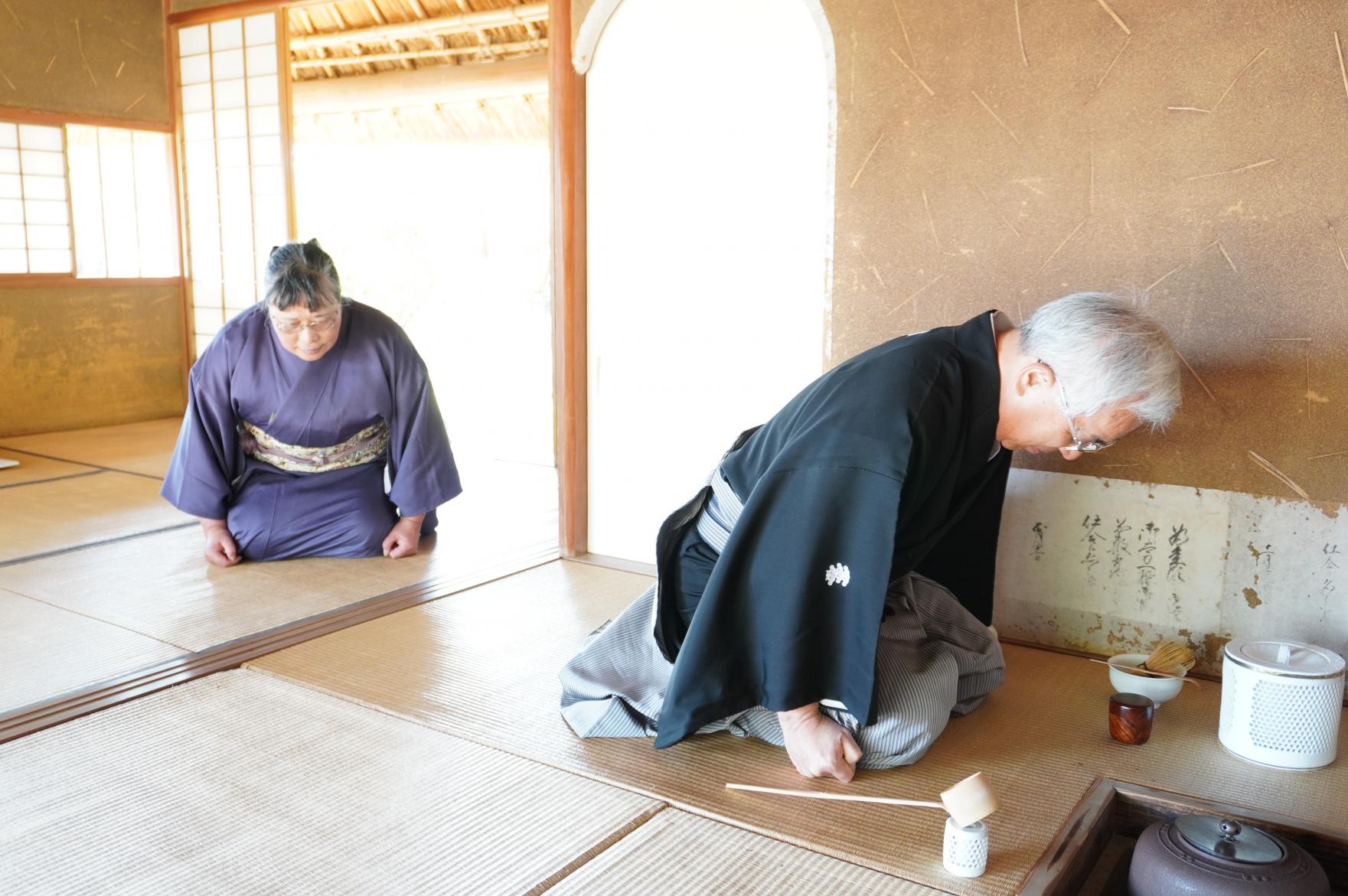
Once in a Lifetime in Hirado: Experience a Unique Samurai Tea Ceremony With an Awe-Inspiring View of the Blue Sea and Mountains
From Sasebo, Nagasaki Prefecture, it is a 90-minute trip by rail or bus to Hirado. Across the beautiful suspension bridge from mainland Kyushu is Hirado Island, a skinny landmass stretching north to south. It has long been a lively center of trade and in the 17th century Age of Discovery, it was marked "Firando" on Western maps.
For centuries Hirado was ruled by the famous Matsura clan and their castle, Hirado-jo, still stands overlooking the port from on high. It was the location where international trade began, at the Western trading port 470 years ago. Vestiges of this history can be seen on a stroll around the city even today. Here, we are pleased to introduce a workshop program with Bonny, a Dutch woman who arrived in Hirado two years ago and is looking forward to sharing her experience with foreign travelers.
Overview
- Hirado history: the Matsura clan and Hirado Castle
- Learn about the history of the clan at the Matsura Historical Museum
- Experience the tea ceremony in a very wabisabi teahouse
- An uncommon tea ceremony experience: be a host or a guest!
- Option 1. Tea ceremony host experience
- Option 2. Tea ceremony guest experience
Hirado history: the Matsura clan and Hirado Castle
Bonny tells us that she would recommend Hirado's history, natural scenery and sashimi to foreign tourists. This workshop program relates to history, so let's unpack a little of Hirado's past now.
Hirado was once the territory of the Matsura clan. The Matsura clan castle, Hirado Castle, was built in 1599. In 2021 the castle was partially renovated and is now open as accommodation, a very rare move for a castle.
Learn about the history of the clan at the Matsura Historical Museum
The Matsura clan was a great family that continued for around 1,000 years. They used trade with foreign countries and superb diplomatic skills to extend their power, exerting their dominance over the northern part of Nagasaki.
This museum in fact used to be the home of the Matsura family. This heritage structure was built in 1893.
Every object in the museum has historic value. The folding screen with an ink brush painting of a lion is impressive, and the steel sheath carried by samurai into battle looks amazing.
Near the front desk, you can buy cups and vases with beautifully intricate white patterns - these were very popular among the clan.
Experience the tea ceremony in a very wabisabi teahouse
Within the grounds of the Museum stands a simple little house redolent of Japanese wabisabi. This is the "teahouse" built by the clan. It is still used today and is the place to enjoy macha tea and Japanese sweets.
The sweets served here historical, traditional candies made to recipes from a book of 100 types of confectionery published in 1841.
Tea ceremonies come in many formats, but the ceremony you can experience here is based on the samurai style inherited from the Matsura clan. One feature is the way of bowing, which derives from martial training and is very arresting.
An uncommon tea ceremony experience: be a host or a guest!
Now it is time to introduce the workshop program recommended by Bonny that you can take in Hirado.
This experience of sado (tea ceremony), a classic element of Japanese culture, is a program replete with the wabi-sabi (the beauty of transience and imperfection) and omotenashi (hospitality) of Japan, from manners to the sweets the decoration of the teahouse.
Did you know that the hosts and guests of a tea ceremony are separated? Normally, only the guests can drink the tea, but here you can also try being the "host" and serving the tea! Now for the details of the session.
Option 1. Tea ceremony host experience
There are plenty of places where you can experience the famous Japanese tea ceremony, but rarely would you have the chance to play the part of host. Here, you can take the host role, serving the tea to guests and decorating the teahouse with flowers to welcome the guests. It is a brilliant chance to get to the heart of Japanese culture.
★Host work experience★
1. Receive briefing on the tea ceremony and the teahouse.
2. Learn how to greet and act in the ceremony.
3. Choose the vase and flowers and arrange in the tokonoma (alcove). Subtly turning the flowers changes their look. You will be wearing gloves to decorate the teahouse to avoid making handprints.
4. You will then crush the tea leaves to form a powder. Brewing a brilliantly green tea using this powder is the ultimate gesture to guests.
5. Make Japanese sweets. The ingredients vary by season. In Bonny's case, she made pretty flowers from chestnut paste and red beans.
6. Learn how to hold the utensils and pour the tea.
Option 2. Tea ceremony guest experience
Wash your hands, remove your shoes and come in through the low entrance to the teahouse. The reason the doorway is so low is said to be to make everyone bow their heads, symbolizing that once inside the teahouse, everyone is equal regardless of rank or class.
Next, let's take a look at the flowers and other decorations in the teahouse. Don't you feel the sense of calm here?
Now you will kneel in seiza position as the host pours the tea. If this is difficult for you, let the host know, as there are chairs and tables available. Rather than doing the impossible, focus on the beauty of the tea utensils and create lasting memories, just like Bonny.
★Guest work experience★
1. Watch as the host theatrically pours the tea.
2. Take the Japanese sweet with the tea. First, have a sip of tea, then eat the sweet, then sip the tea again - this is the particular way it is done. Enjoy the changing taste of tea before and after eating the sweet.
NEXT



